An Italian New Year’s to Remember
An Italian New Year’s to Remember
Capodanno: No ordinary New Year's Eve
In Italy, the term “New Years” just isn’t big enough to encapsulate the level of excitement that builds after a joyous holiday season. For Italians, Capodanno is the culmination of holiday merriment that has already been underway for weeks. It represents a time for family, a time for community, a feast of holiday food and drink, and symbolizes a time to wash away the past year in the hope of a prosperous New Year.
Holiday celebrations in Italy extend through all of December until the 6th of January, when the Festa della Befana signals the close of the holiday season. Capodanno celebrations usually include open-air concerts, markets, festivals and all night activities in piazzas throughout Italy. At the stroke of midnight, tradition requires that lentils and cotechino are eaten to bring about wealth and prosperity in the New Year. Whether it’s frolicking within the courtyards of a historical castle or spending Capodanno dining on a cenone (a multi-course holiday dinner), Italians preserve the tradition of celebrating New Year’s with a night of fun, food, music and of course something bubbly. Interested in a quintessentially Italian New Year’s? Below we’ve listed a few of our favorite, memory-creating New Year’s happenings…
PIAZZA DEL POPOLO, ROME
While the Eternal City is set aglow on December 31st with celebrations illuminating every monument and street corner, the apex of Rome’s New Year’s festivities is located in the Piazza del Popolo (the People’s Square), a free event for all of Rome’s citizens whether permanent or just visiting. Partygoers usher in the New Year amidst the pulsating energy of the piazza by night, its buzzing crowds embracing the evening’s merriment with song and dance. Fireworks illuminate the Obelisk of Rameses II and the Twin churches of Santa Maria dei Miracoli and Santa Maria Montesanto, as bands kick out the jams and classical performances balance out the evening’s raucous festivities. Grab your coat, get there early and pop open a bottle of the best prosecco you can find – Capodanno in Rome is an experience not to be missed.
I MUSICI VENEZIANI: NEW YEAR’S CONCERT, ROME
I Musici Veneziani, one of Italy’s premier orchestras, chooses Rome as the annual setting for its illustrious New Year’s concert. The renowned ensemble, dressed in 18th century Venetian costume, performs a repertoire spanning the 18th century through Verdi and Puccini and features the most accomplished musical virtuosos and vocal soloists from Venice. This year the orchestra will perform a lyrical concert that includes a selection of waltzes, Christmas classics and traditional operatic pieces including Bizet’s Carmen, Puccini’s Boheme and Mozart’s Don Giovanni, among other masterpieces by the likes of Rossini, Strauss, Donizetti and Offenbach, to name a few. I Musici Veneziani’s New Year’s Concert will be held on Friday, December 31st, 2010 at the Chiesa di San Paolo entro le Mura, Rome.
LA FESTA NAZIONALE DELLA BEFANA, URBANIA
In Italy, Santa Claus plays second string to an old, hunchbacked witch dressed in tattered rags and covered in soot, endearingly known by Italians both young and old as La Befana. Who might this unlikely holiday heroine be? As legend dictates, on the 5th and 6th of January while everyone is sleeping, this mystical caricature climbs down the chimneys of every home to place gifts and sweets in children’s stockings. While the good children enjoy a new toy or favorite confection, bad children receive only a giant lump of coal. For the extra good children, both Santa and La Befana may pay a visit to their happy holiday living rooms. The tradition of La Befana is rooted in the religious celebration of the Epiphany, and the actual word “Befana” derives from the Greek word “Epifania” meaning “apparition.” Although La Befana is a folkloric mainstay all throughout Italy, perhaps the greatest celebration to honor the beloved old witch takes place in Urbania, located just outside of Urbino in the region of Le Marche. From January 2nd through January 6th, 50,000 people gather every year in the historical center of Urbania to experience the national La Befana holiday. Rain or shine, over 150 “witches” walk the streets of Urbania in old folkloric garb, impersonating La Befana and handing out candy and treats to the town’s children. The savory aroma of local holiday soups and traditional fried snacks fill the streets as local cooks share their traditional recipes with all festival revelers.
ROGO DEL VECCHIONE, BOLOGNA
Every December 31st the people of Bologna gather in the Piazza Maggiore to collectively welcome in the New Year. The 13th century open-air piazza plays host to live music and an incredible street market that lines the adjoining streets with merchants selling holiday treats and local specialities, and carpenters crafting unique nativity scenes. The pinnacle of the evening’s festivities is the vecchione or “old man,” a massive sculpture whose creation is entrusted to a local artist every year. The vecchione is brought into the center of the piazza during the New Year’s Eve celebration for everyone to admire. At precisely midnight, the sculpture is set ablaze, representing the burning of everything bad from the past year and ushering in a new beginning for the coming year.


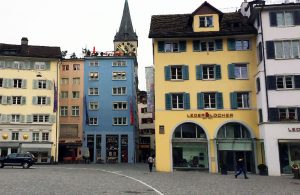
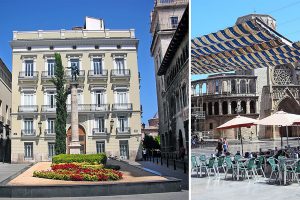
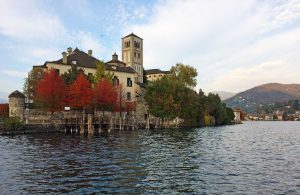
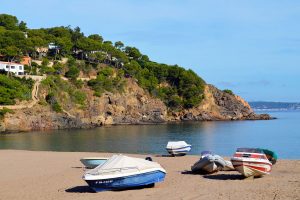
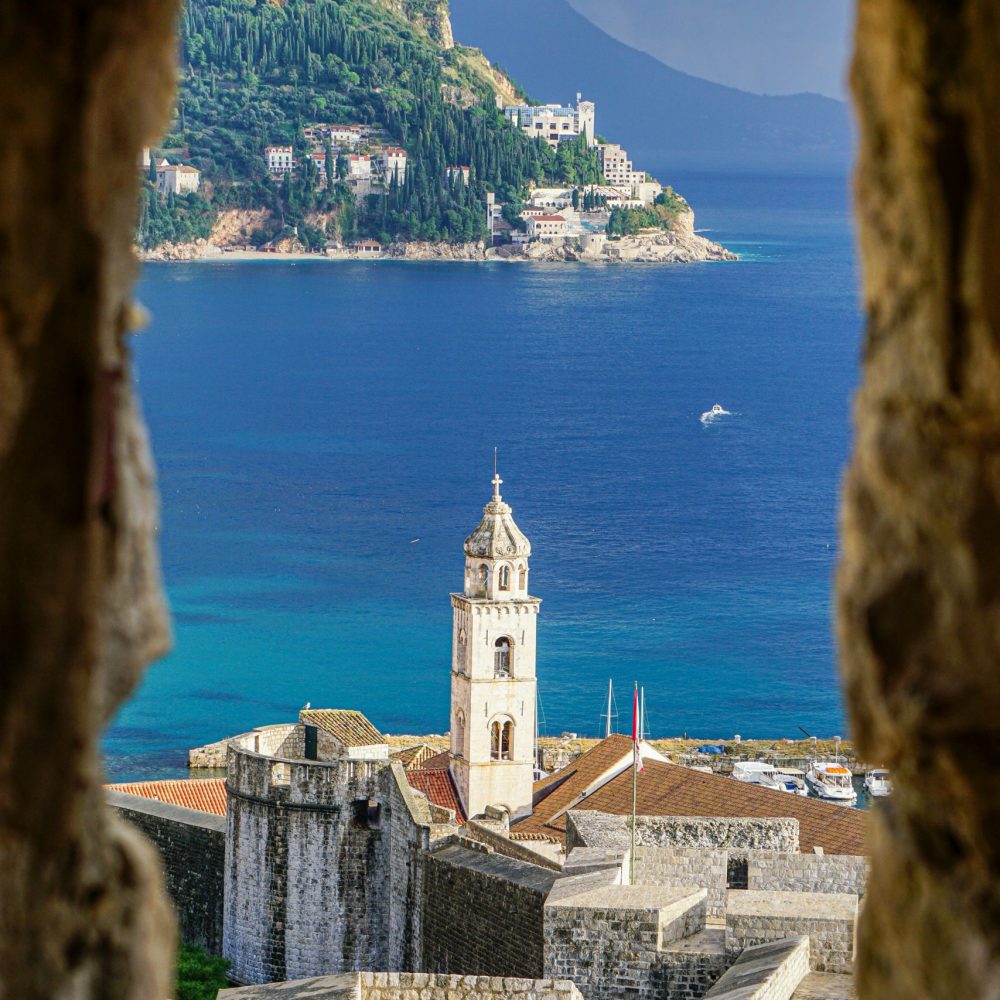
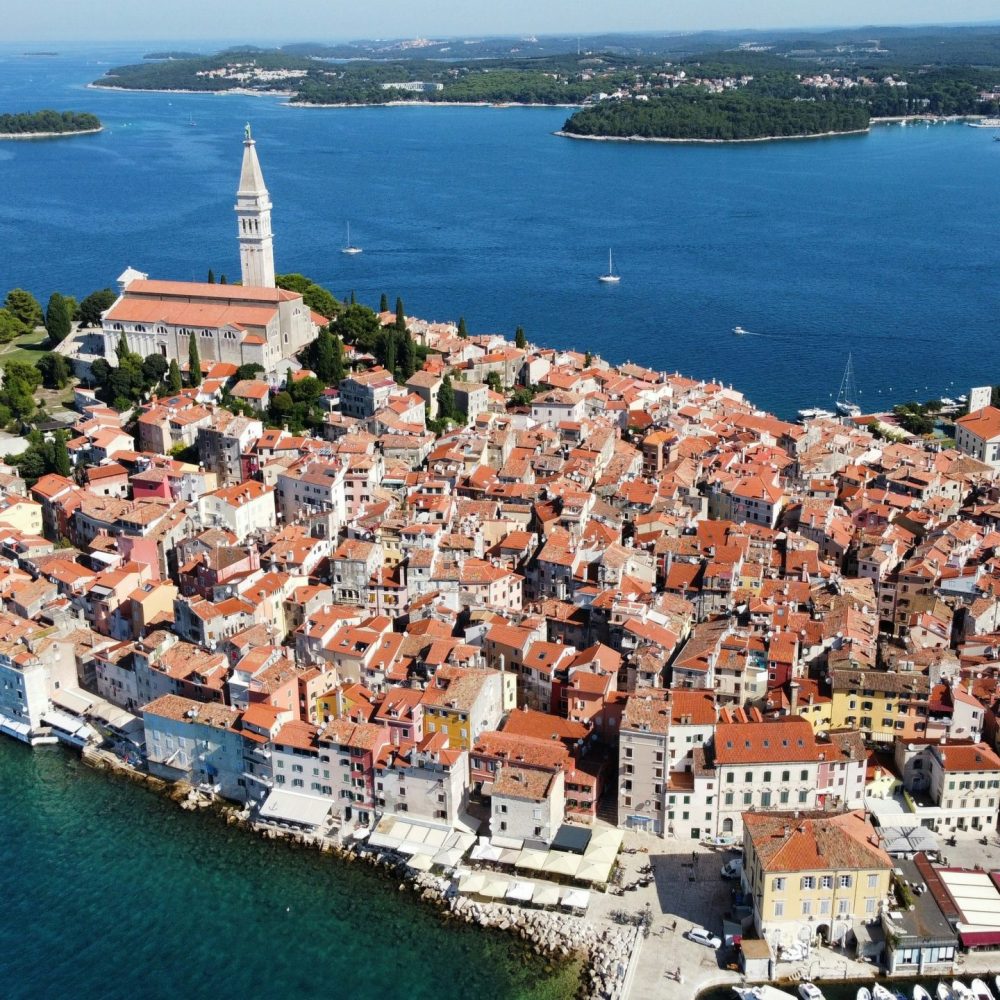

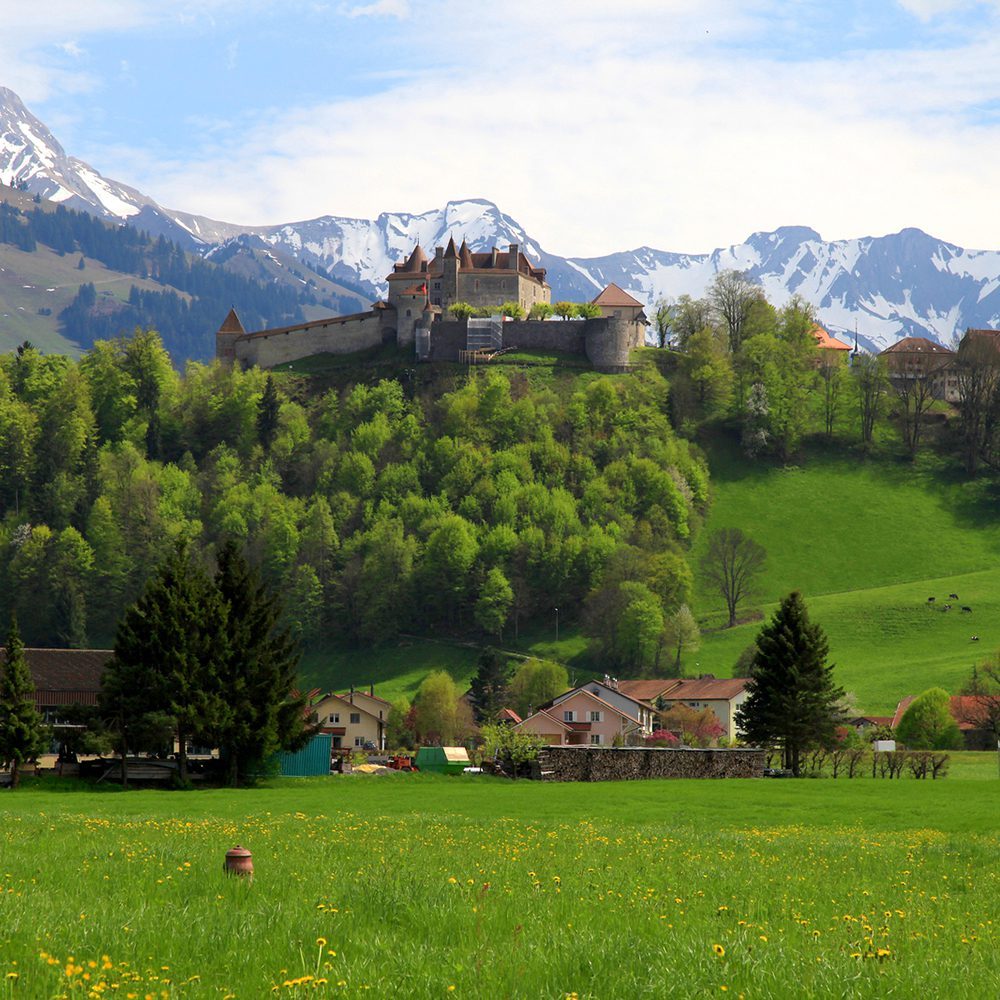
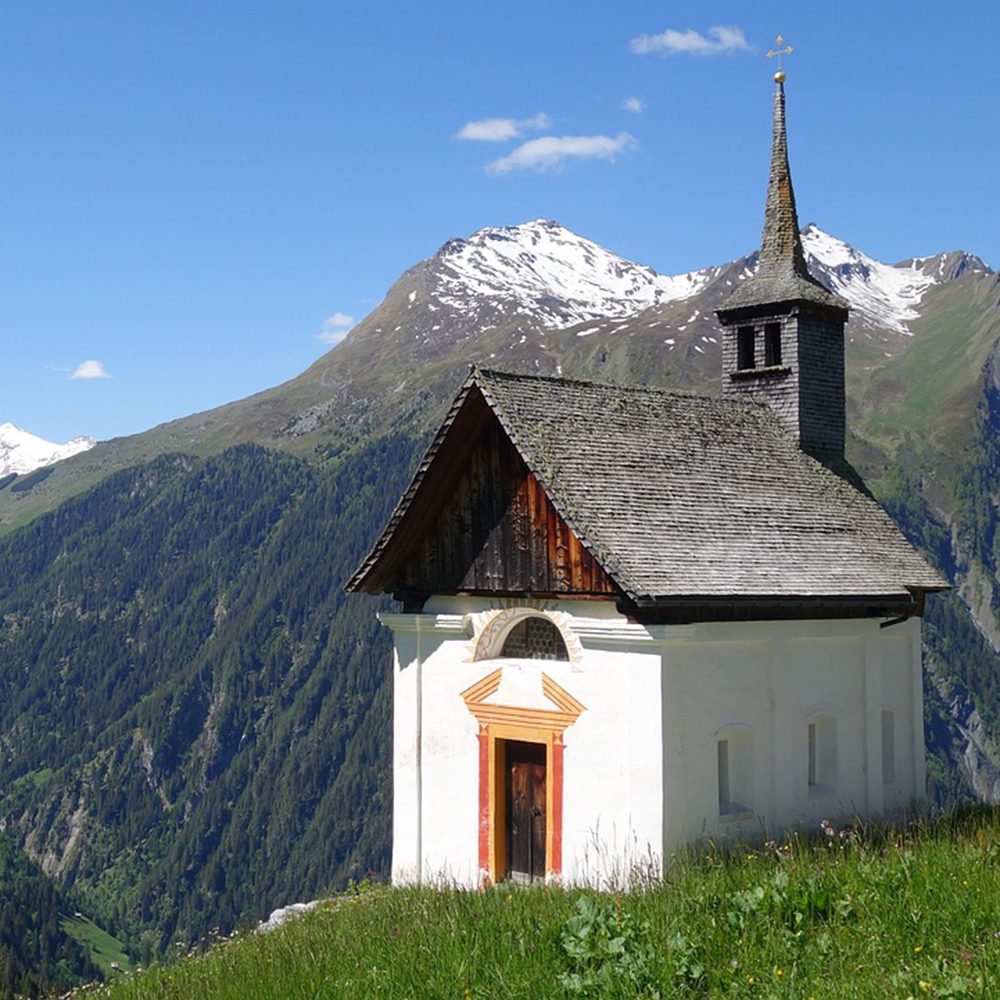
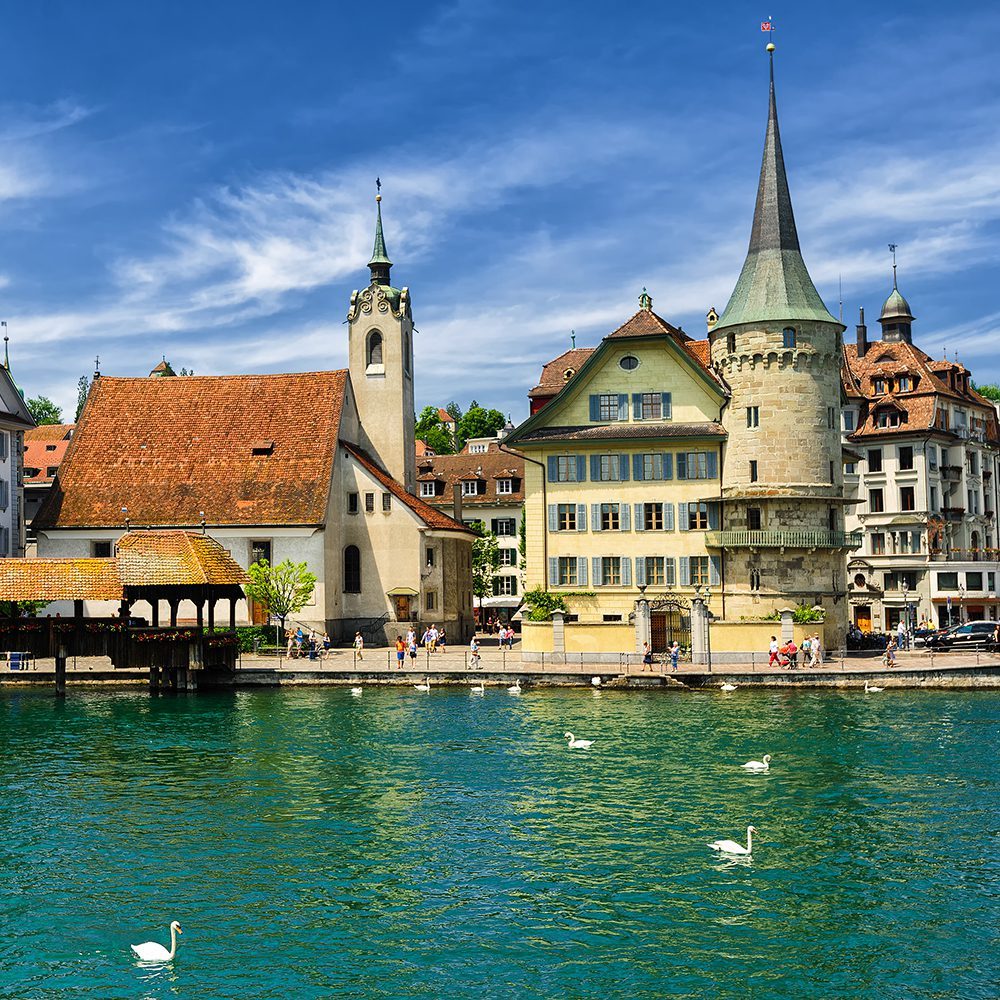
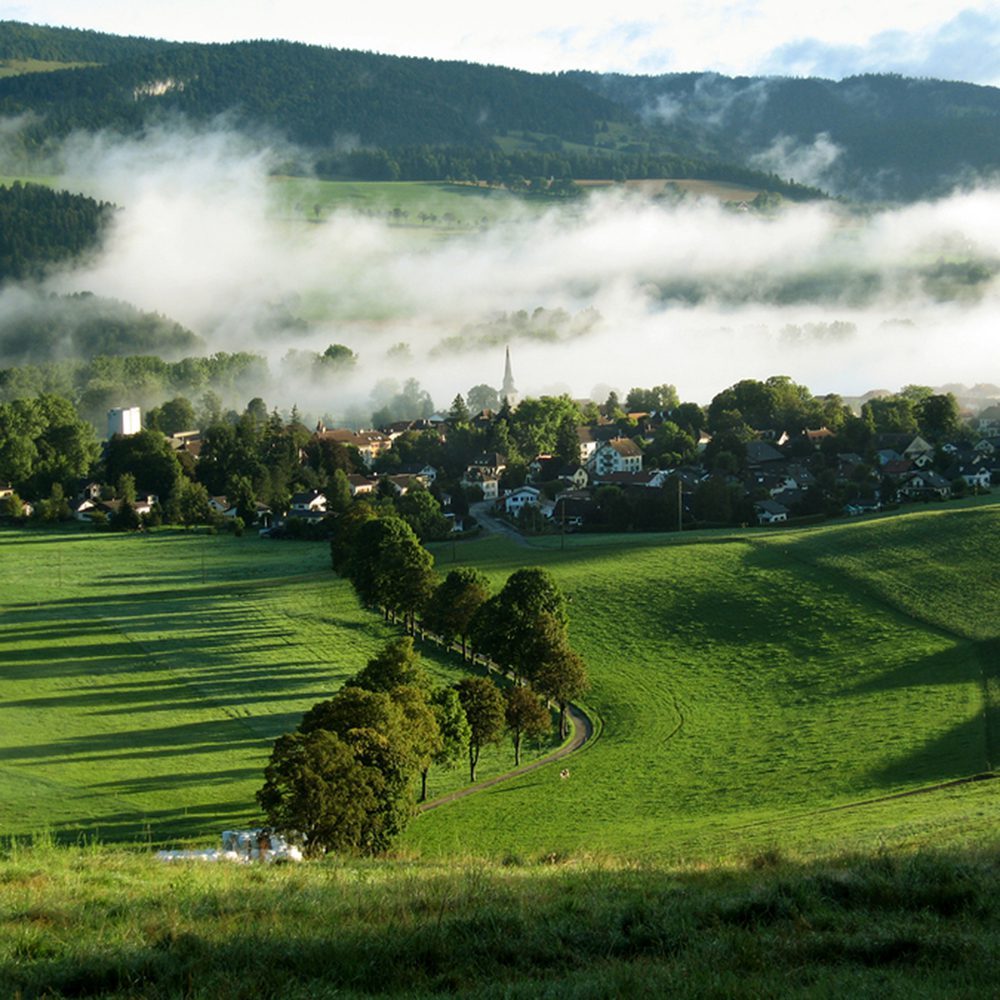
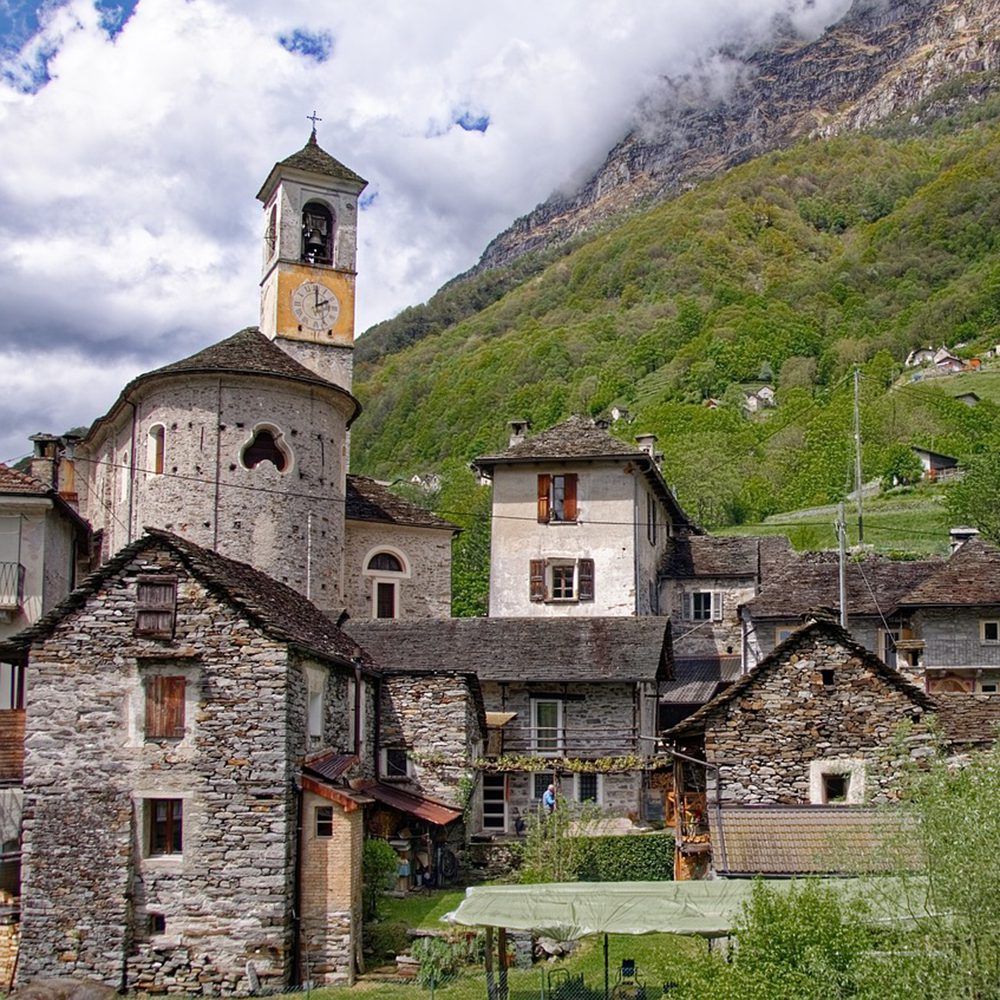
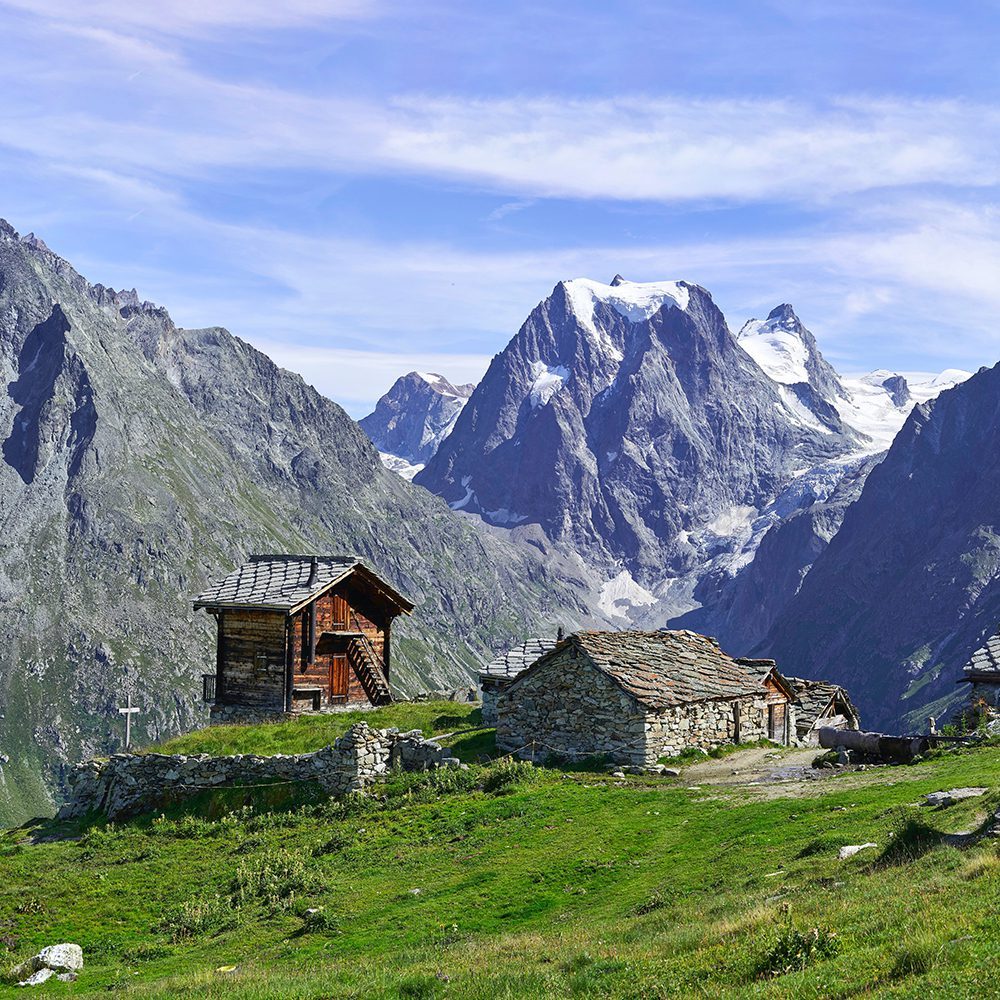
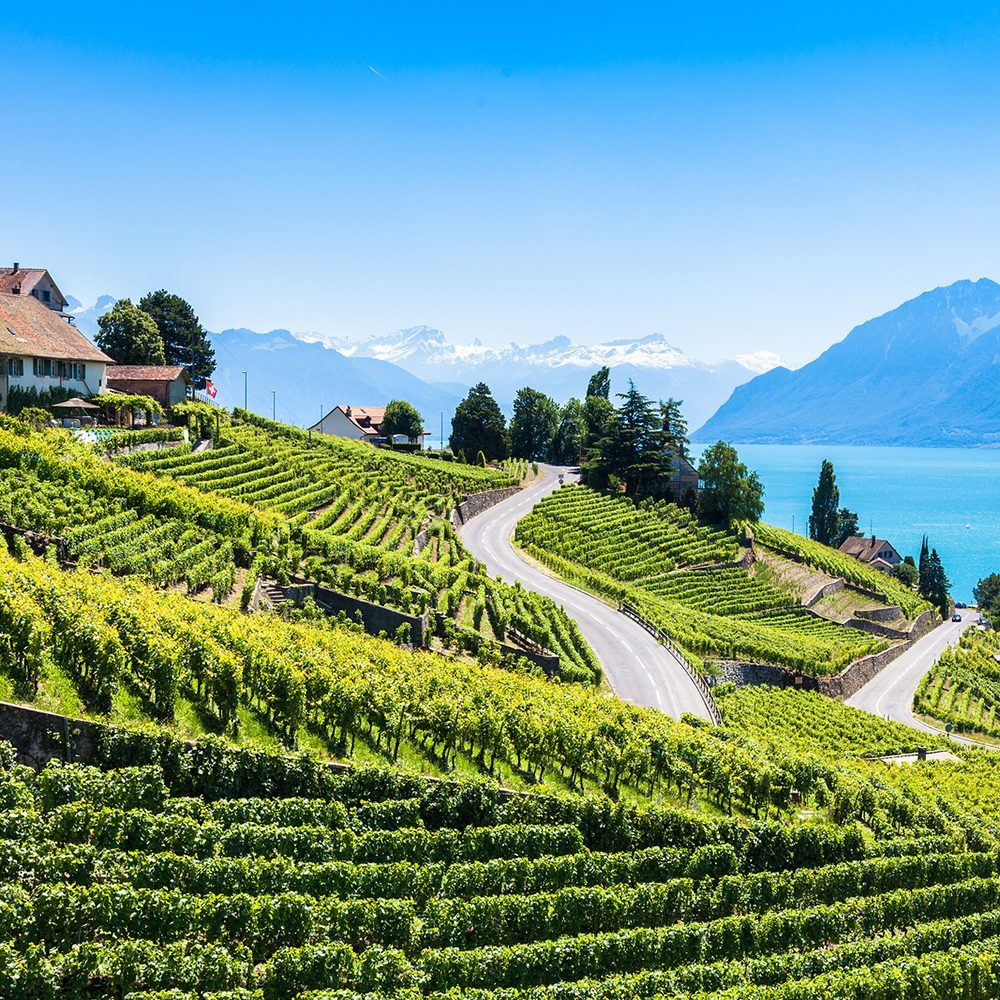
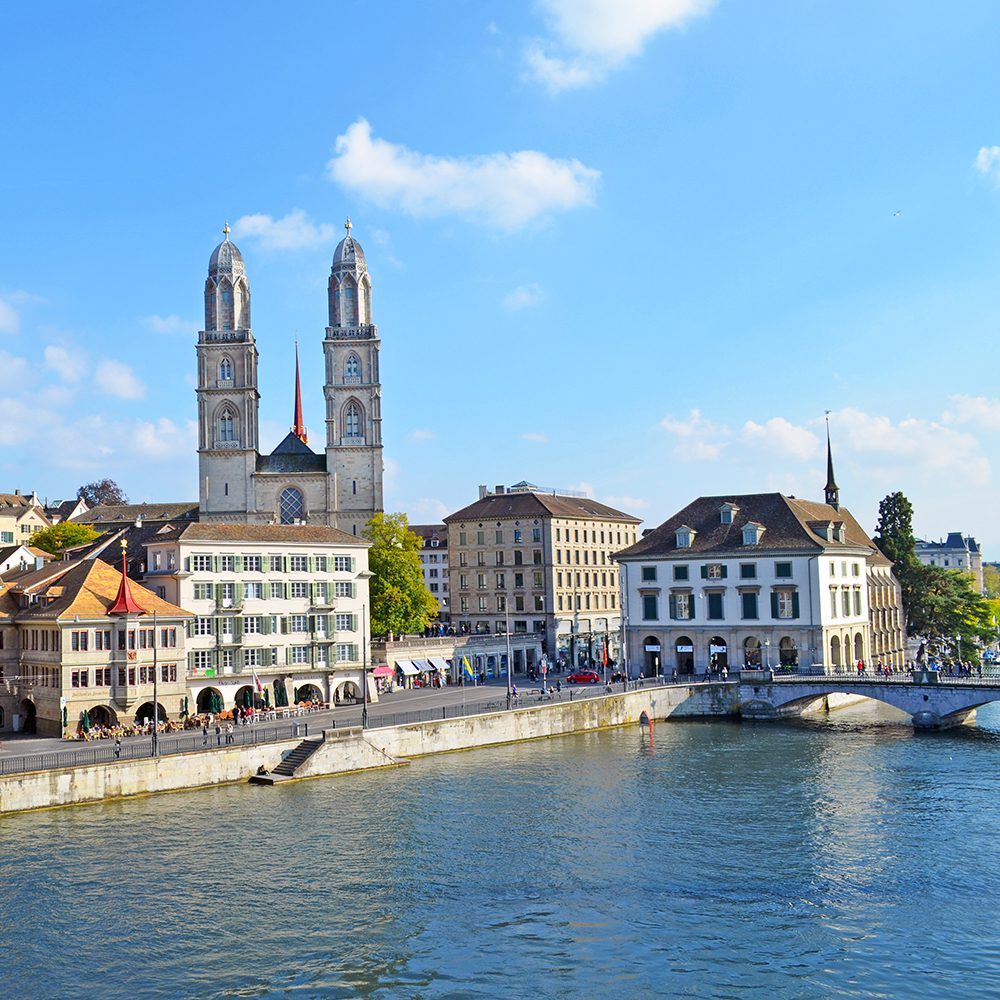
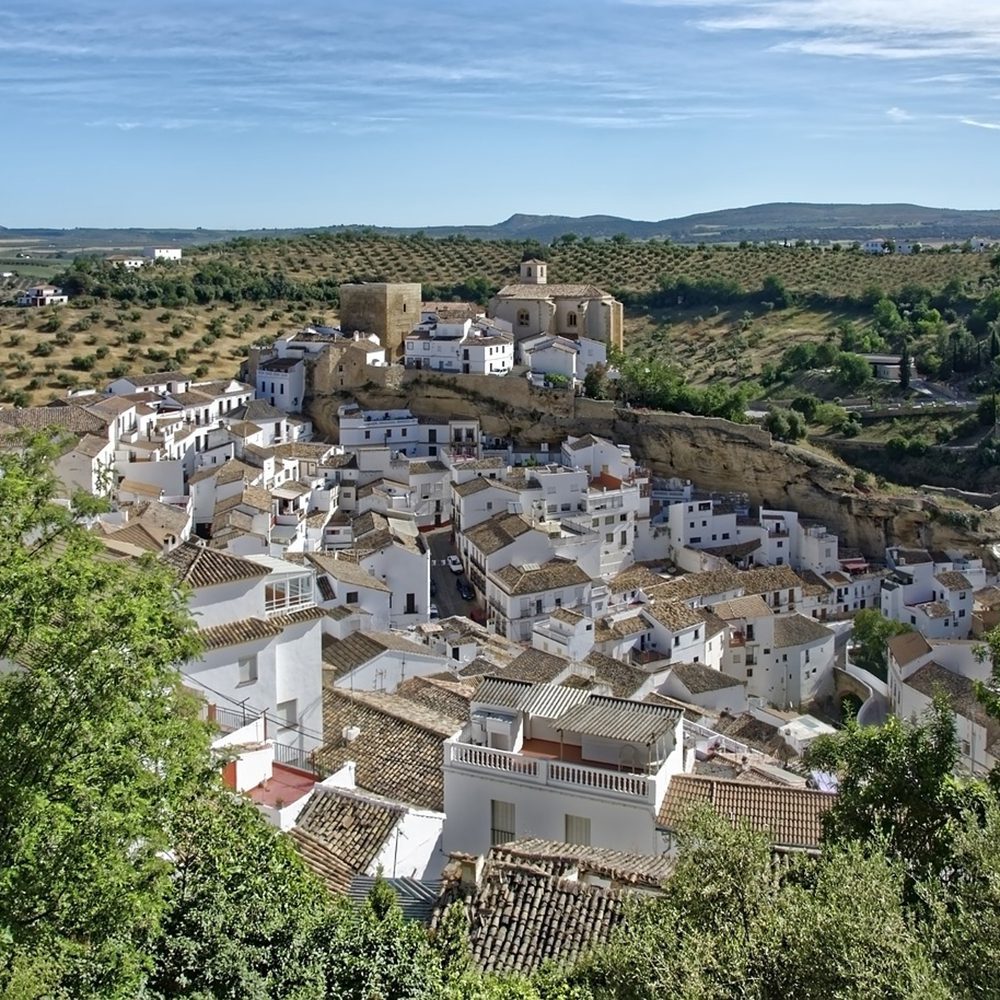
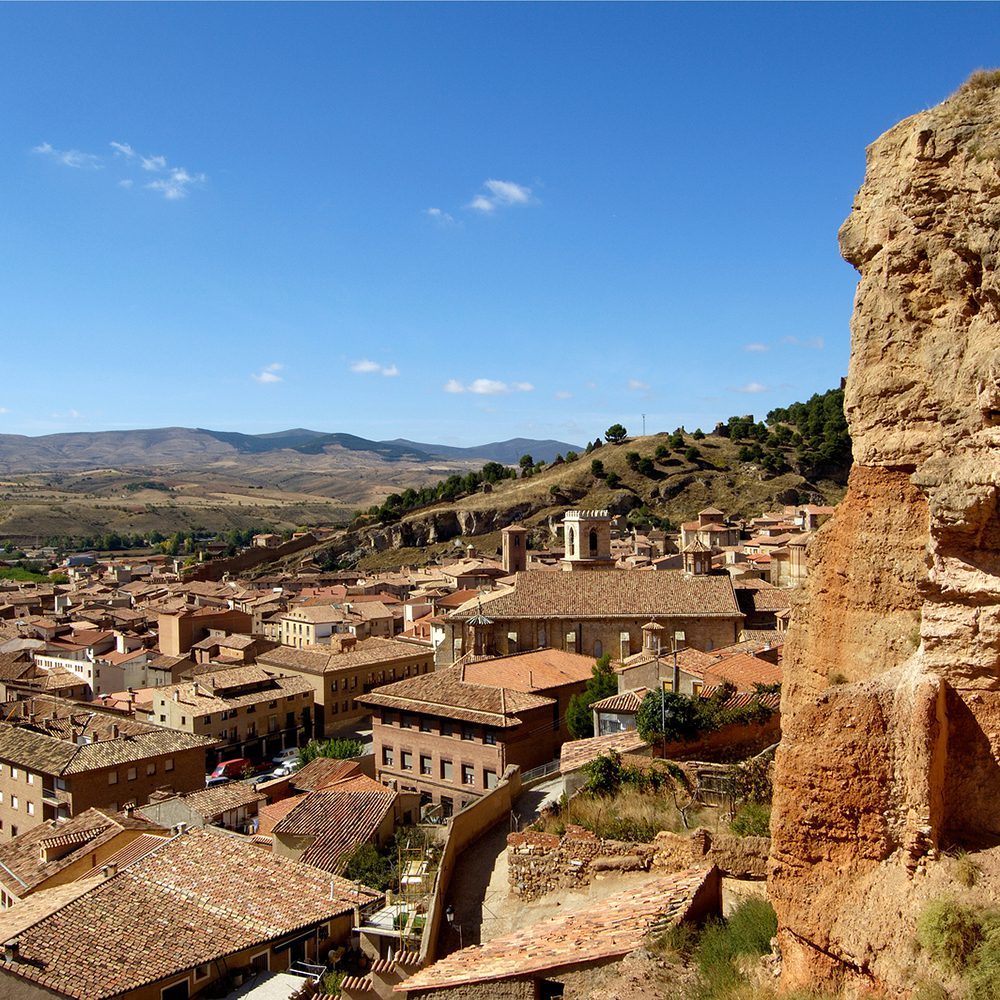

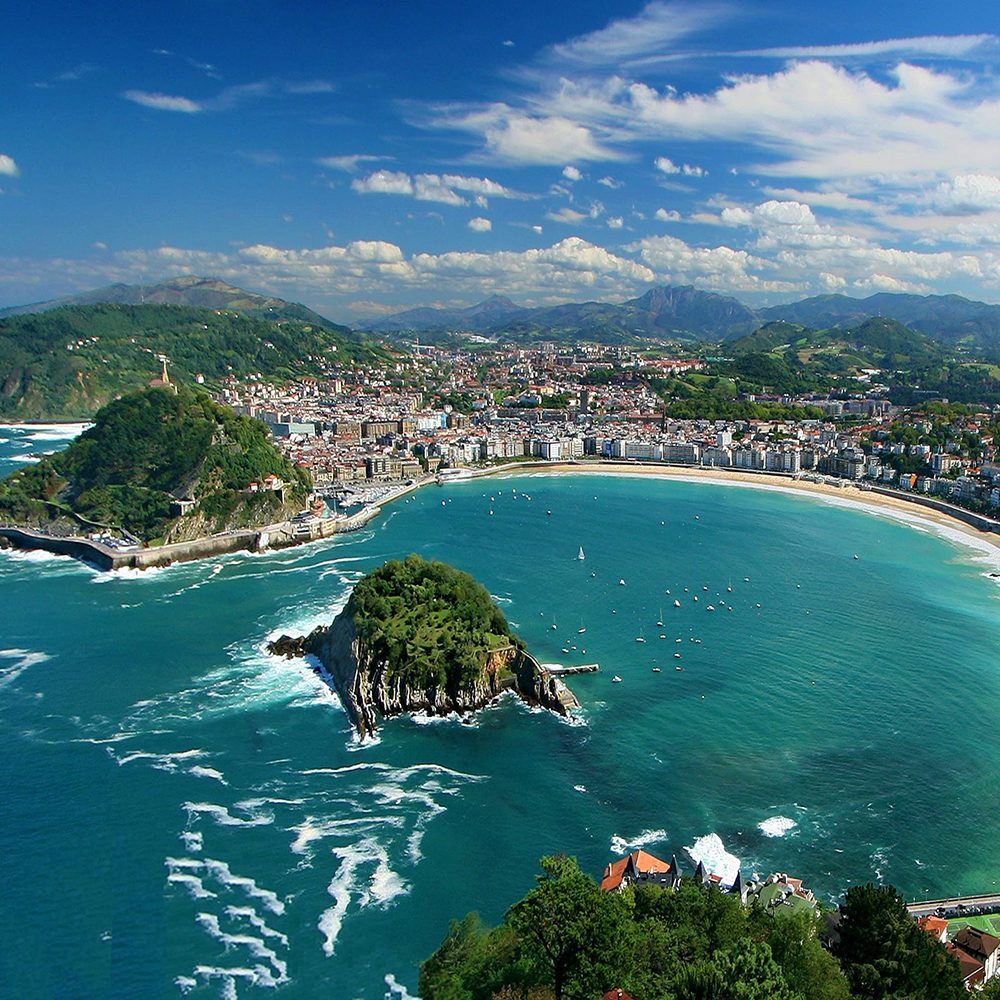
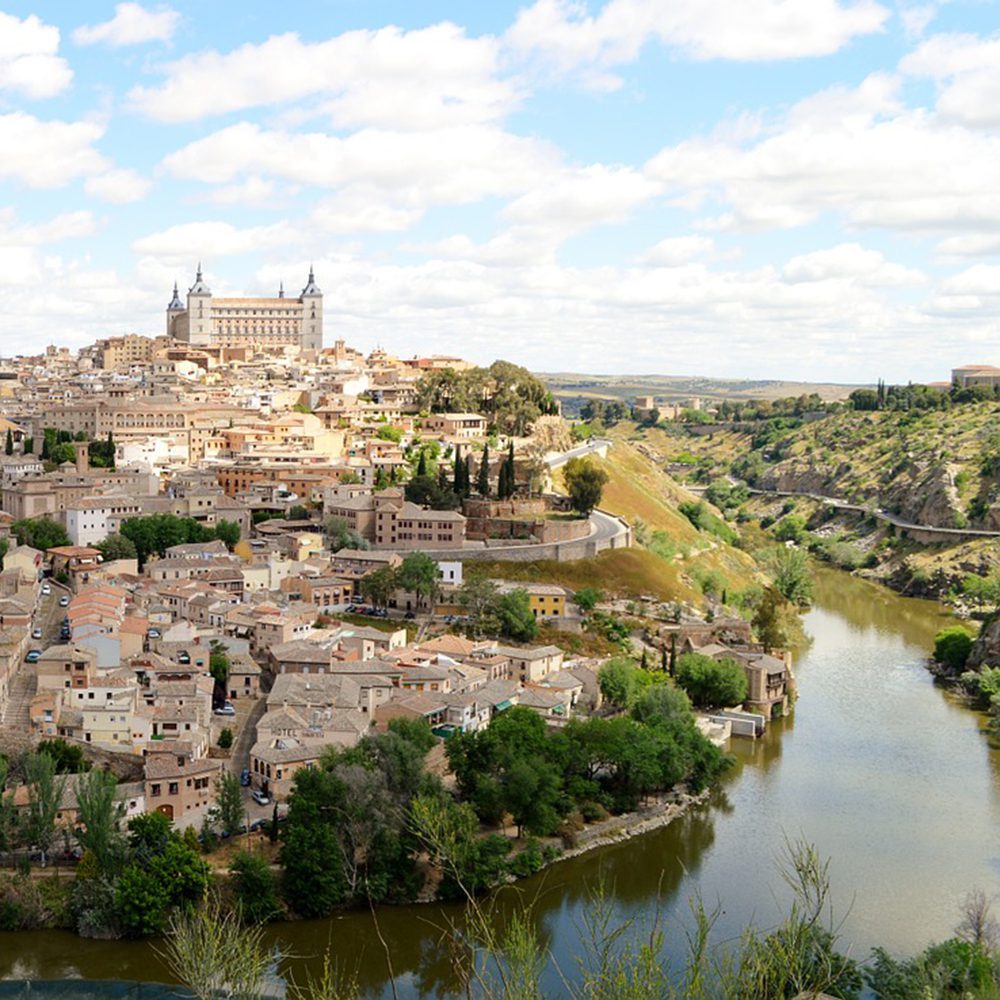


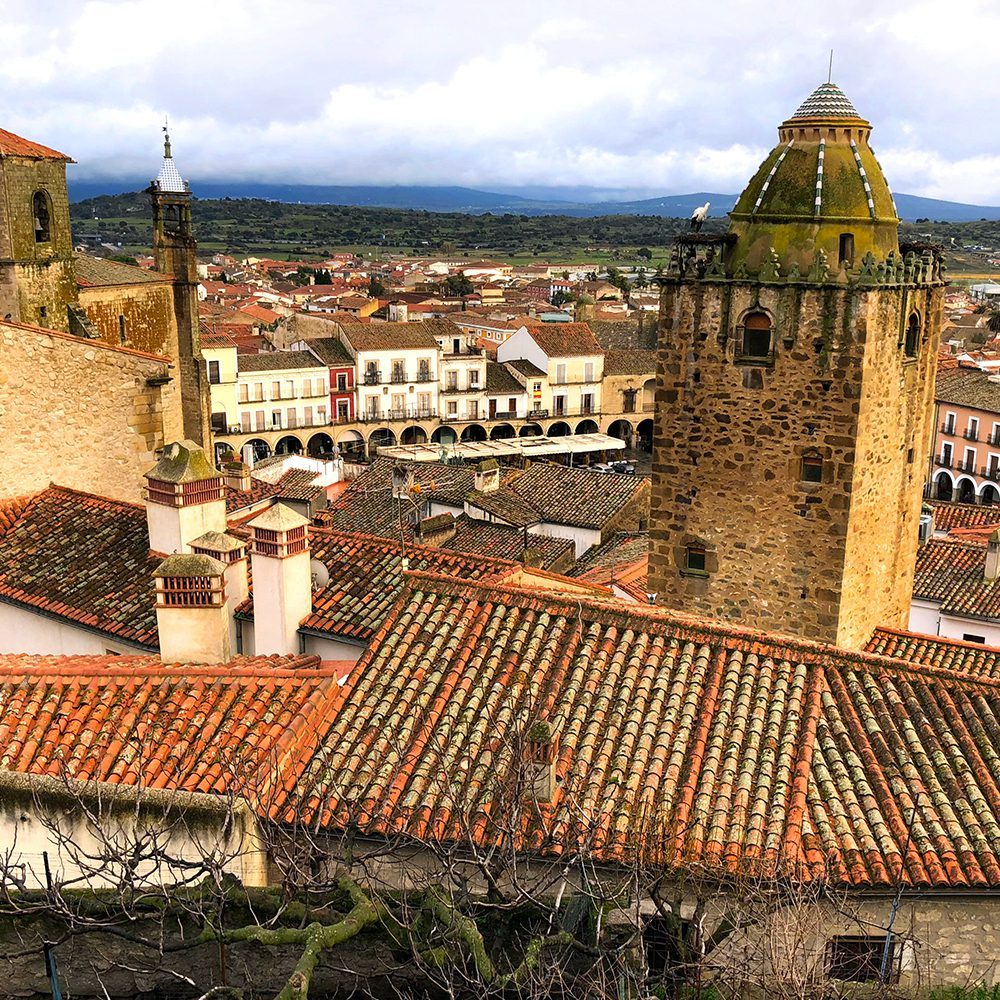
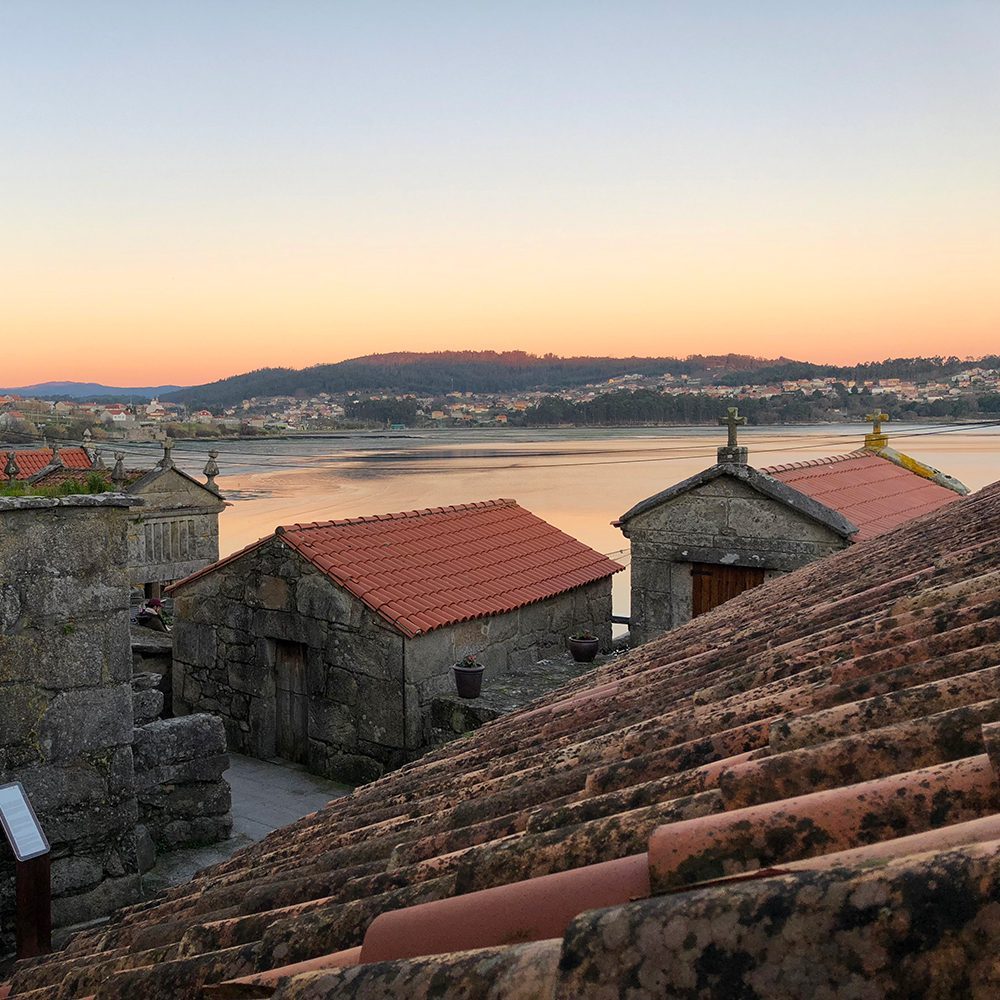
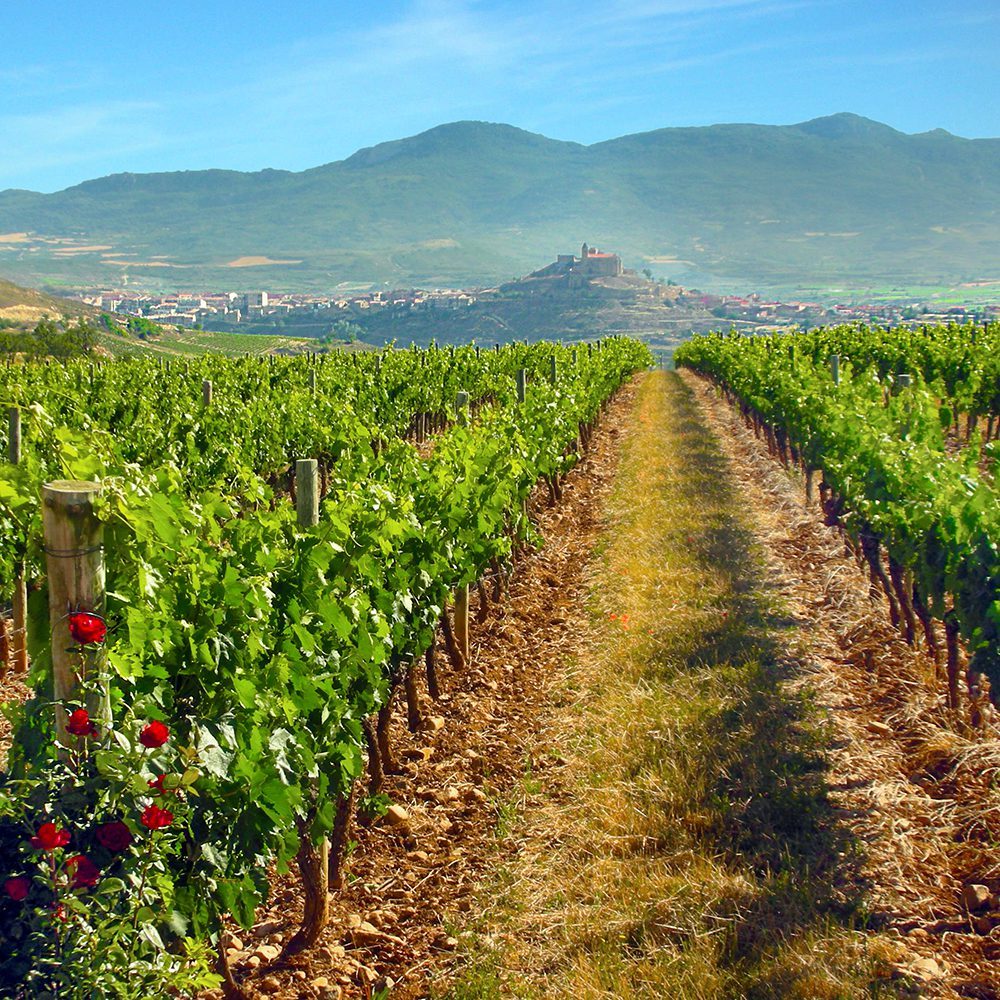
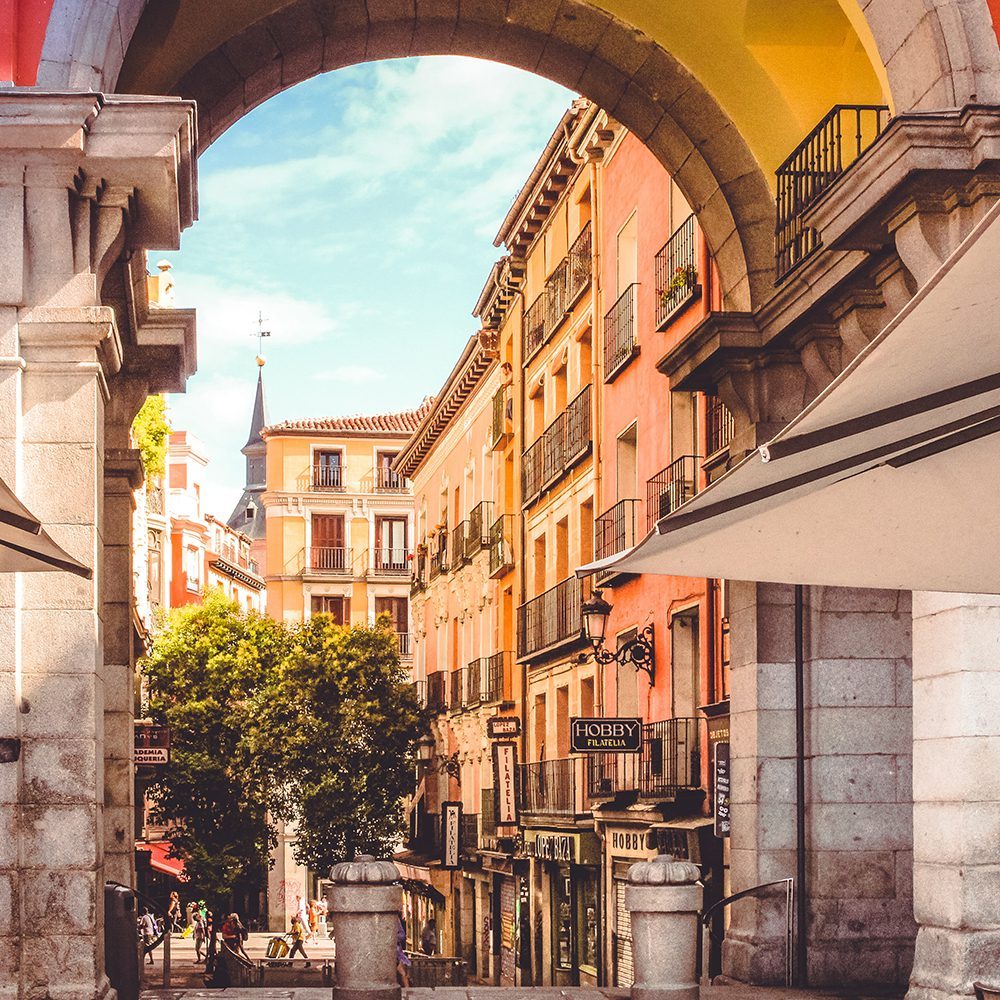
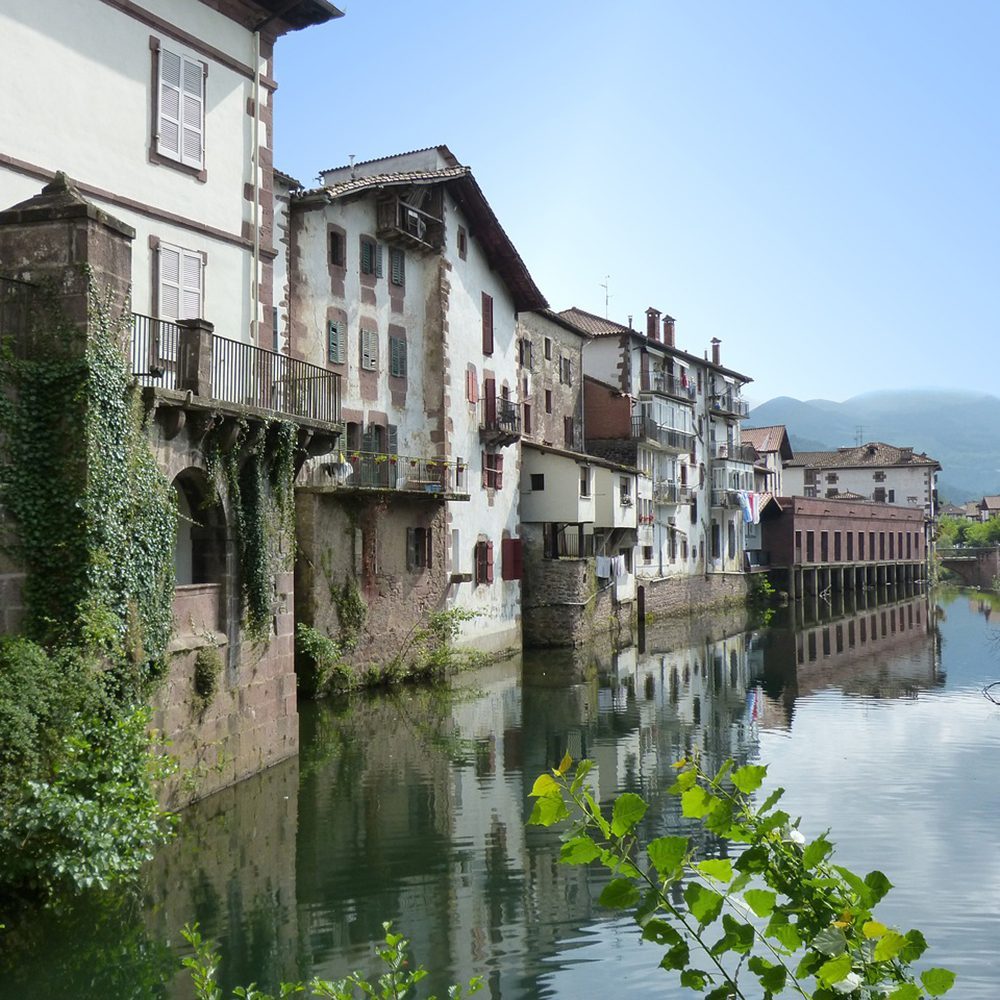

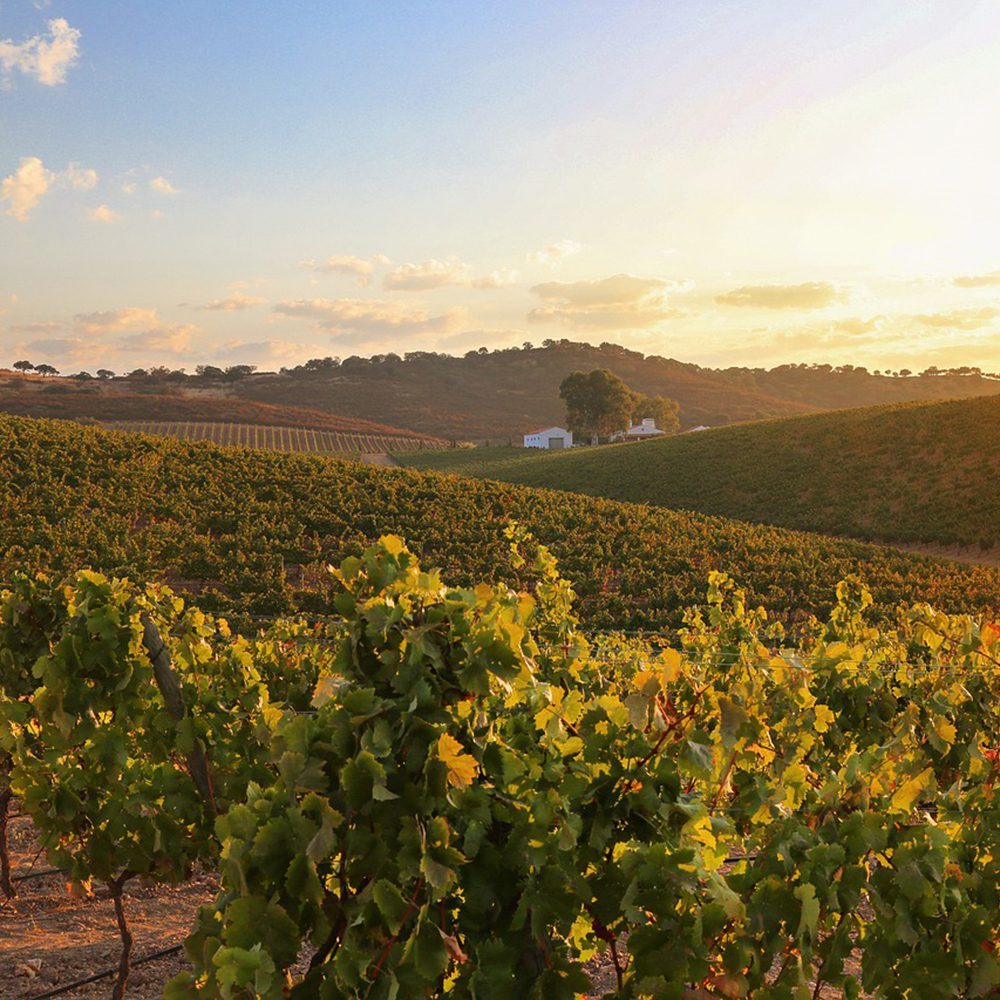
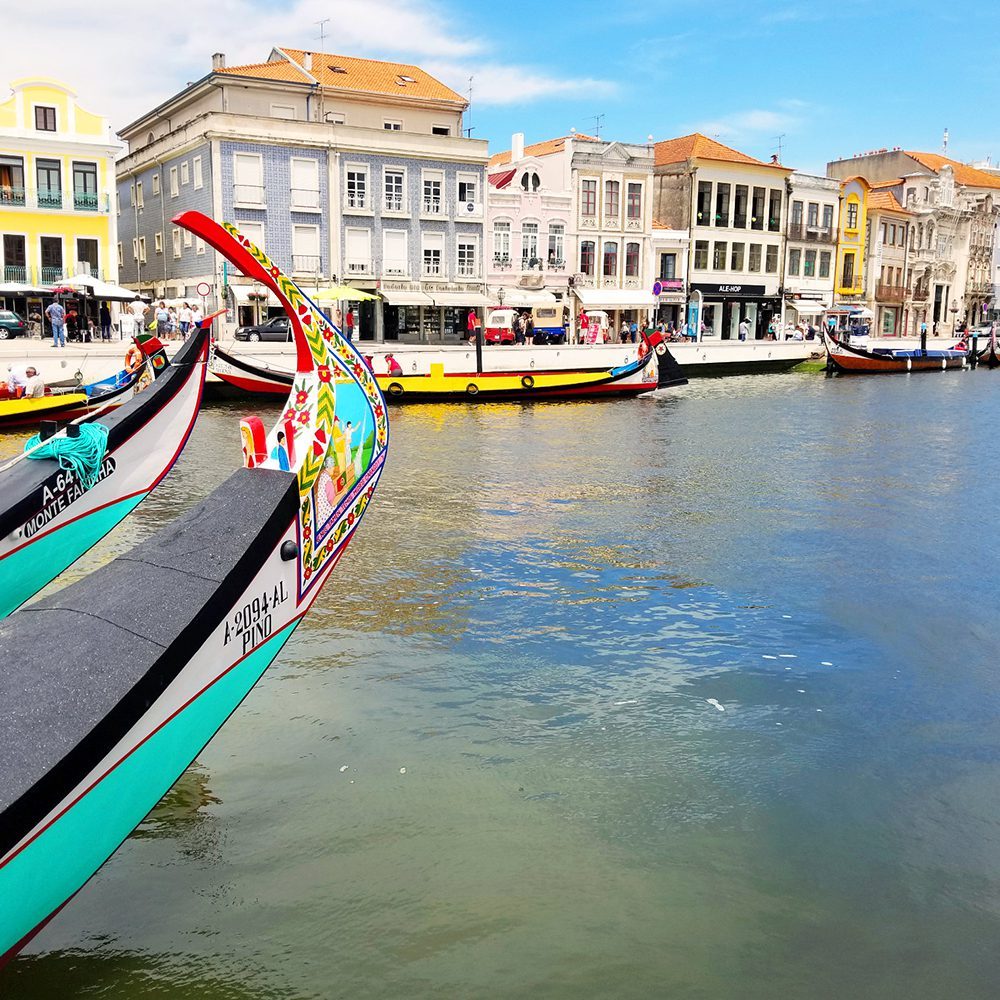
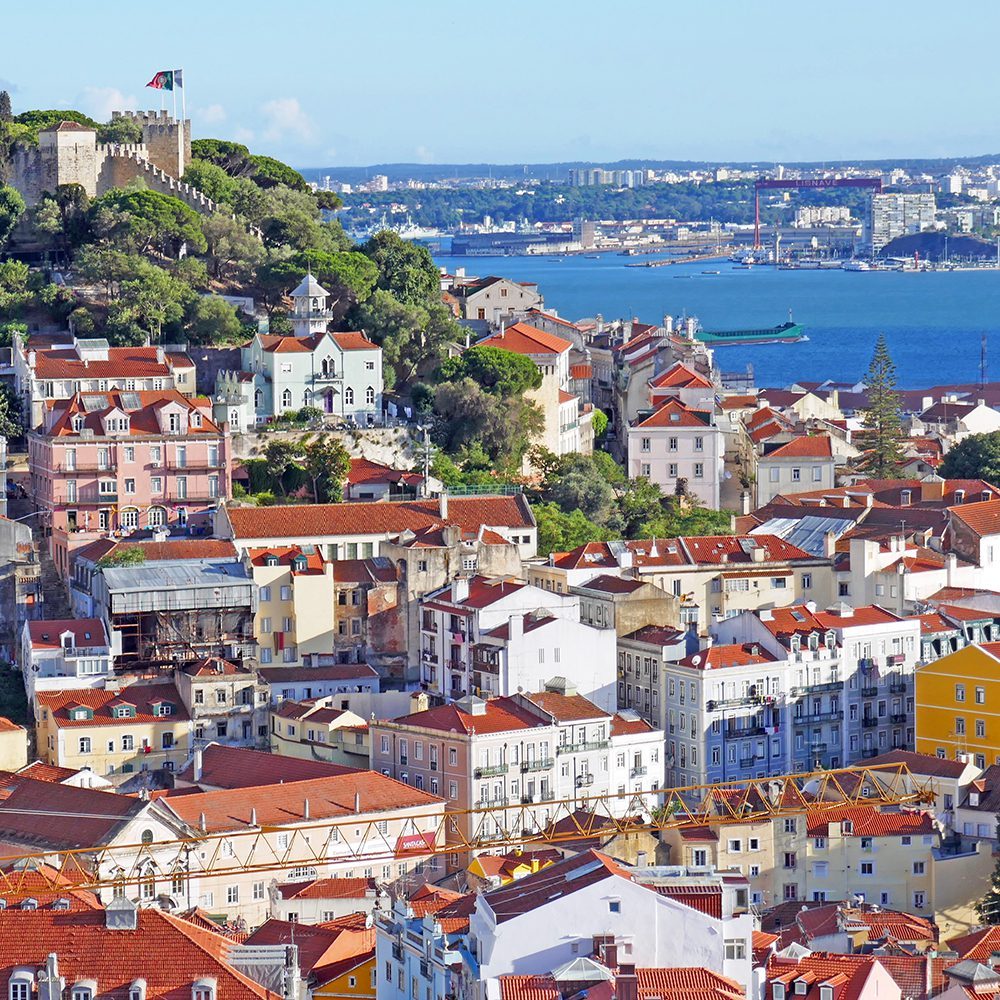
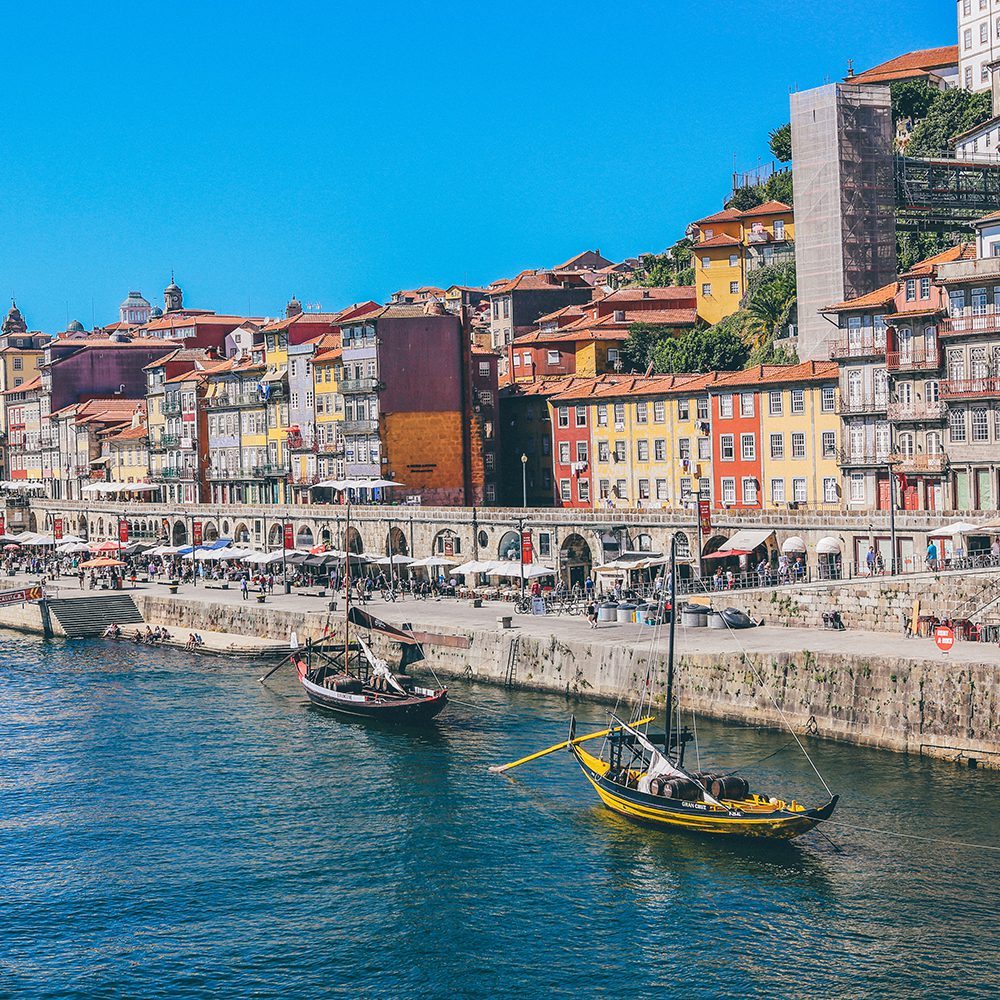
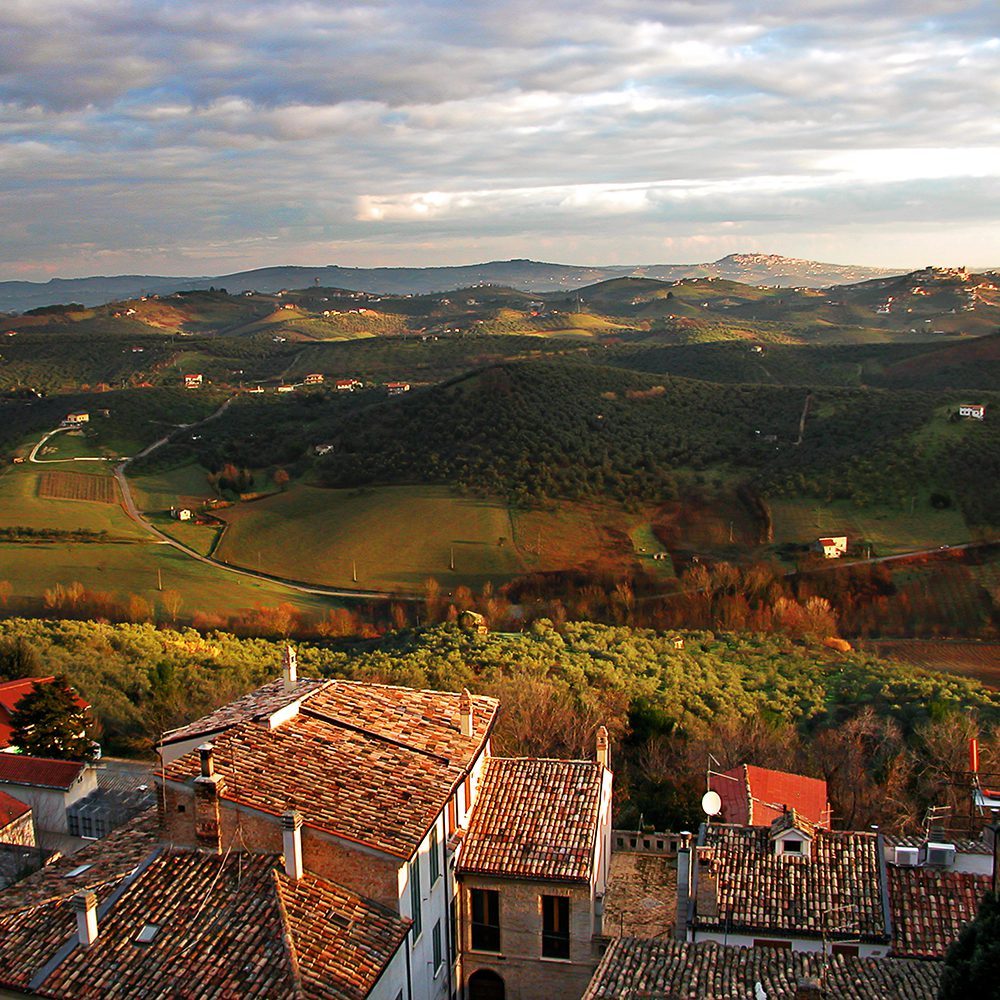
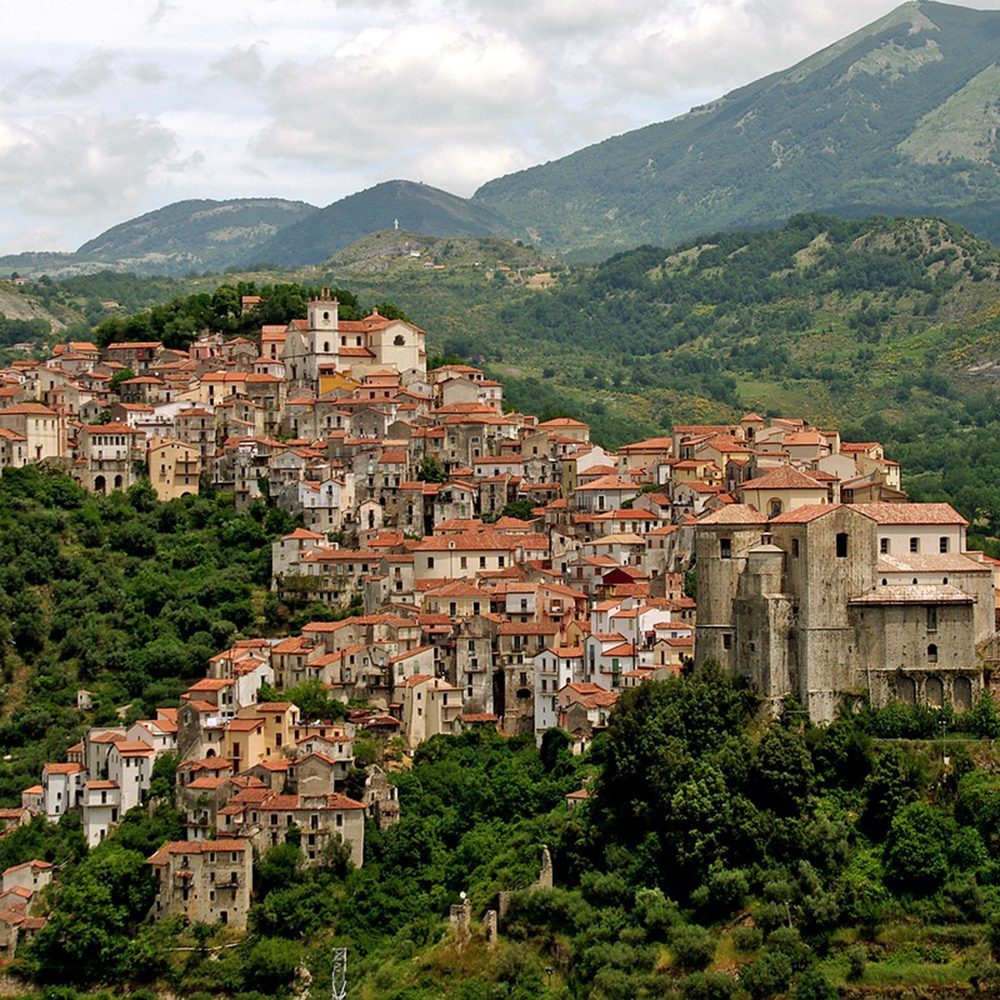
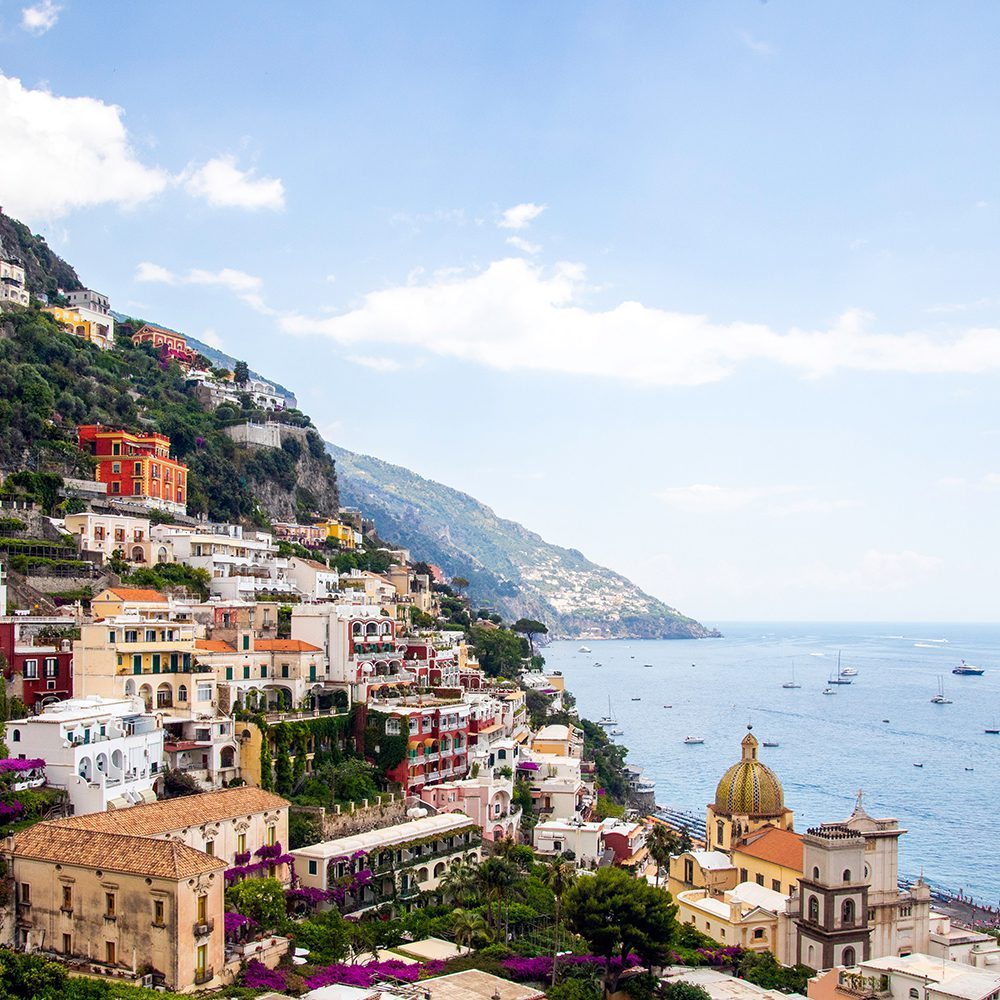


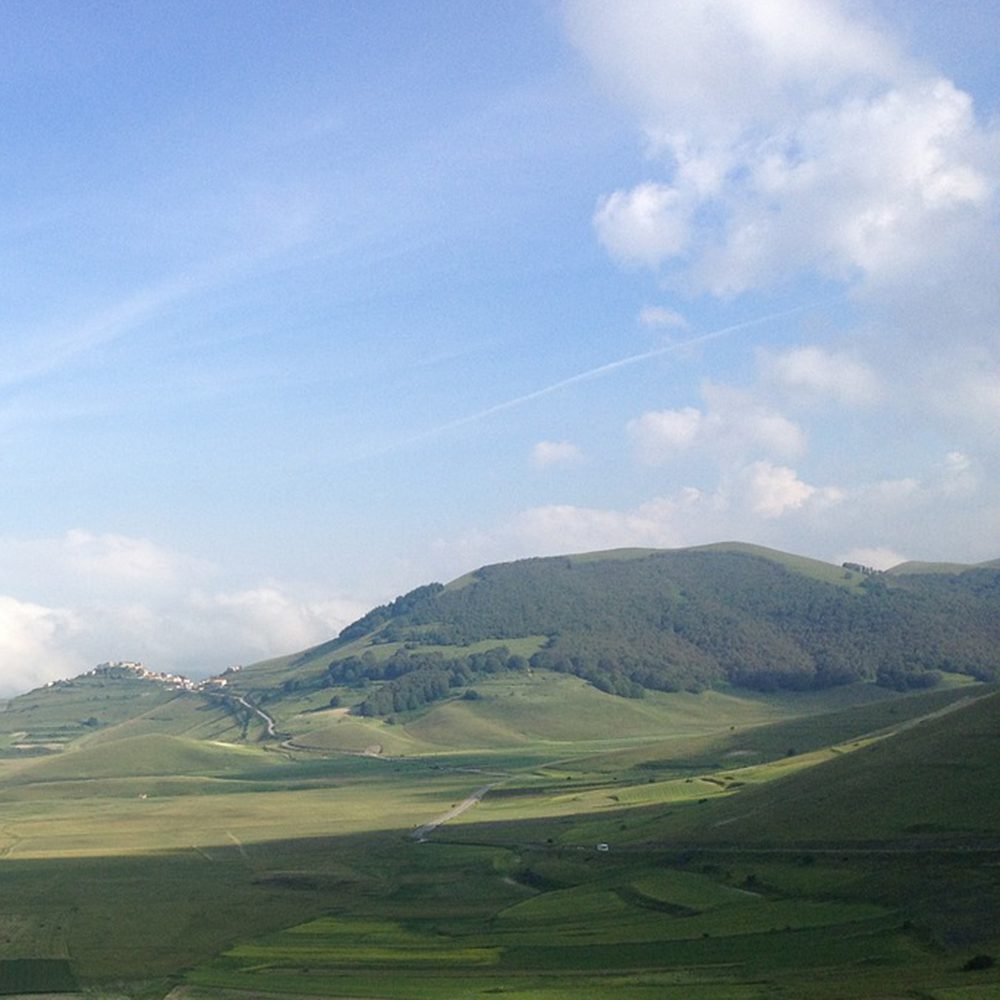
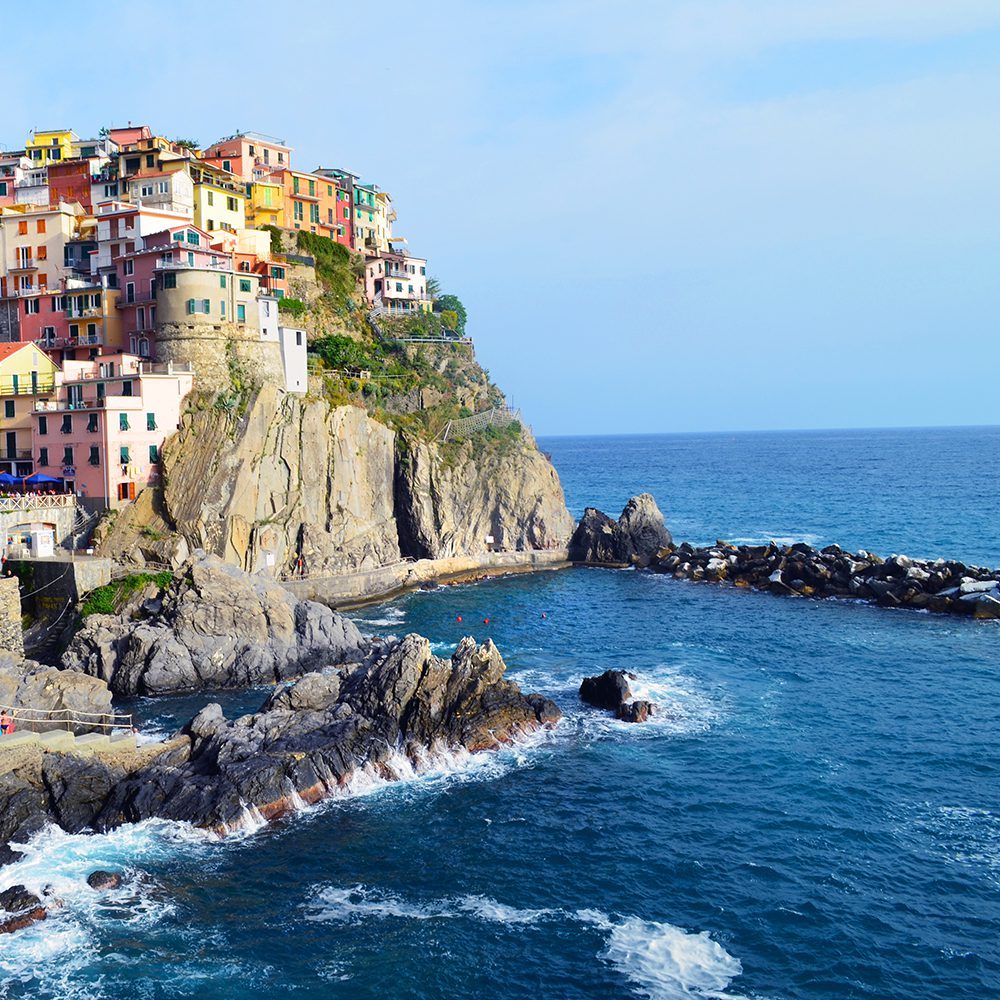
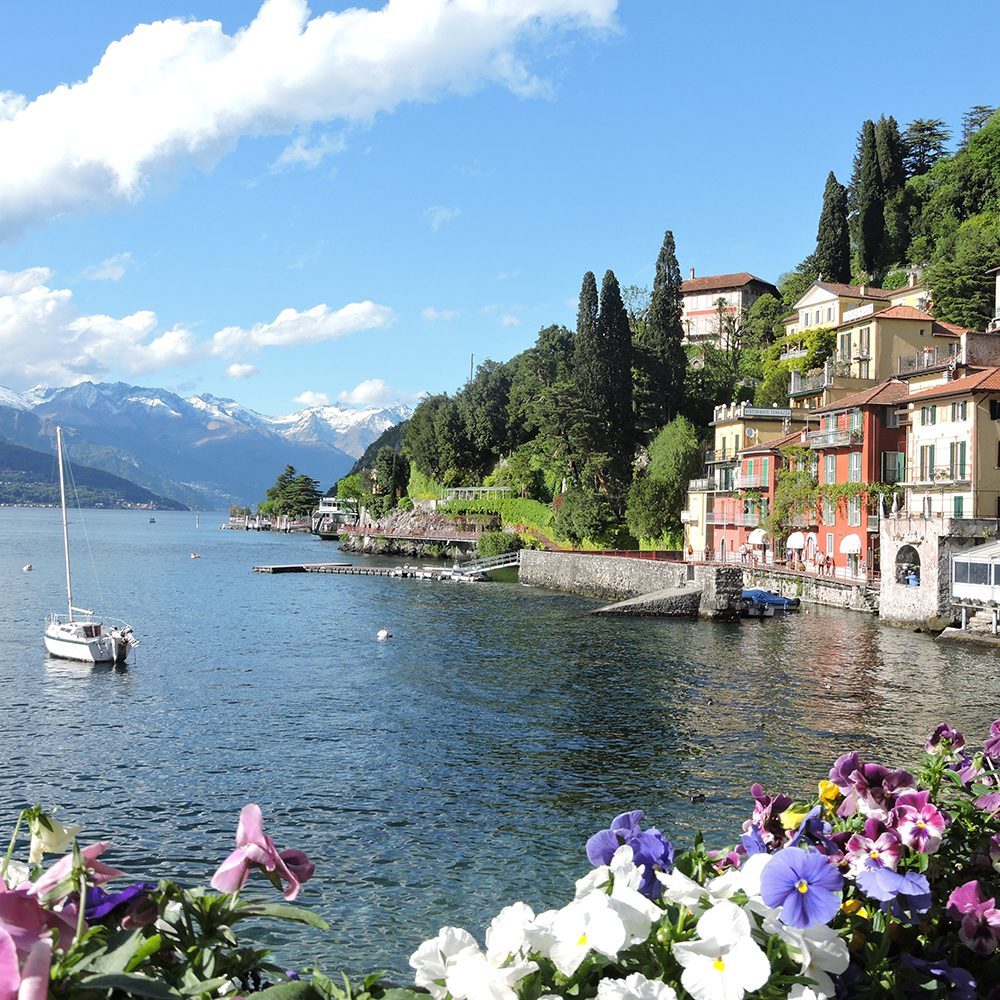
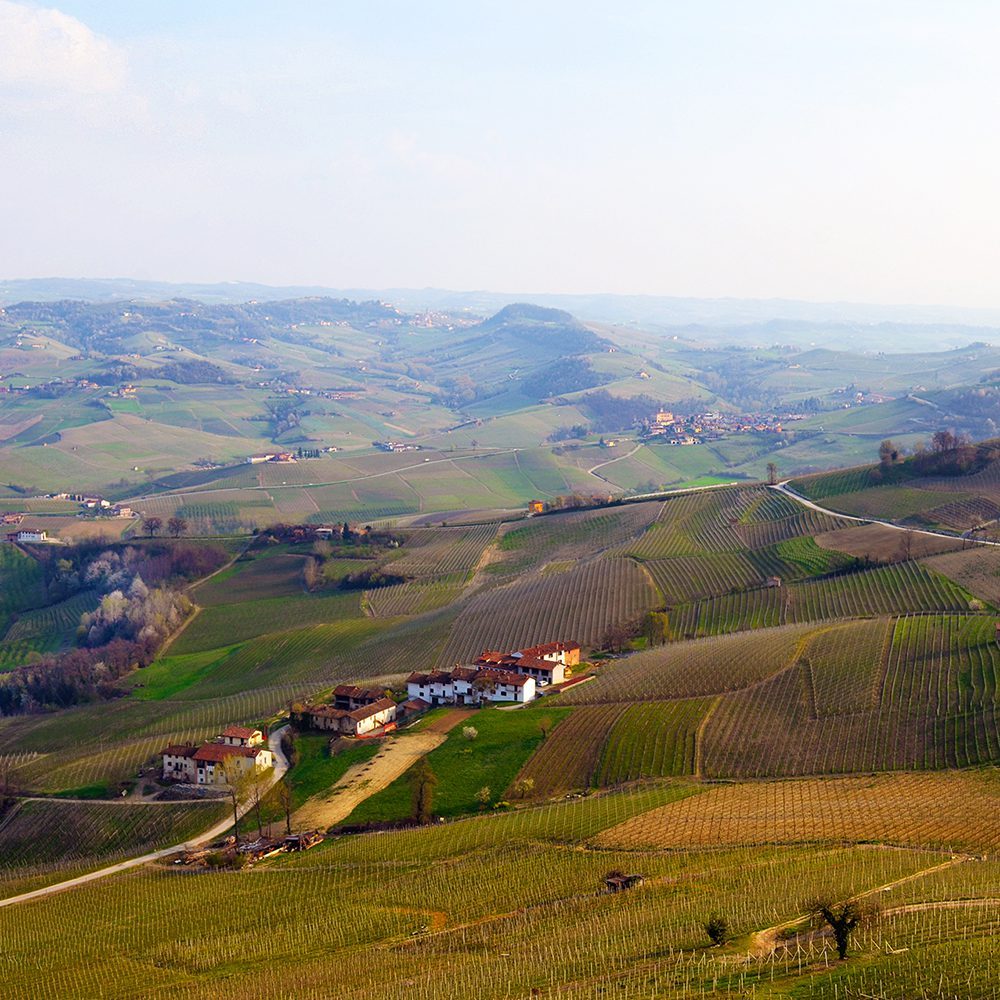

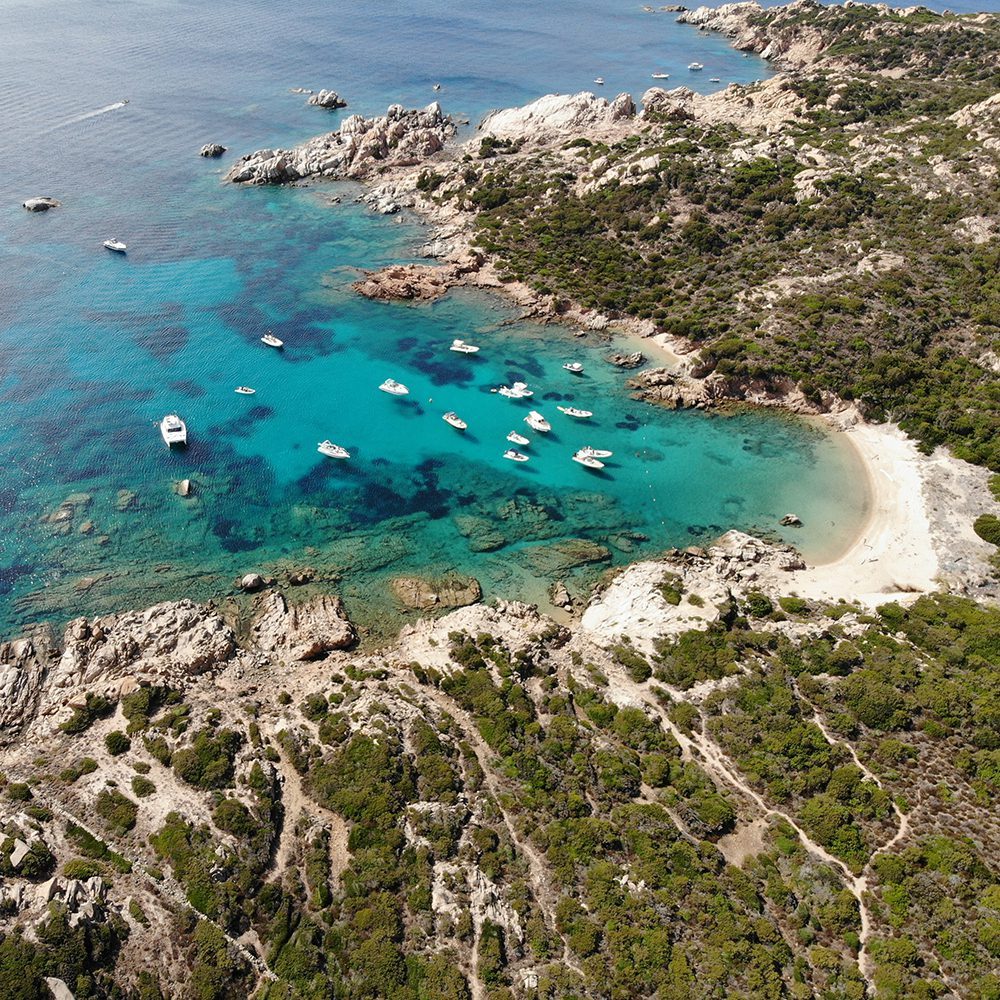
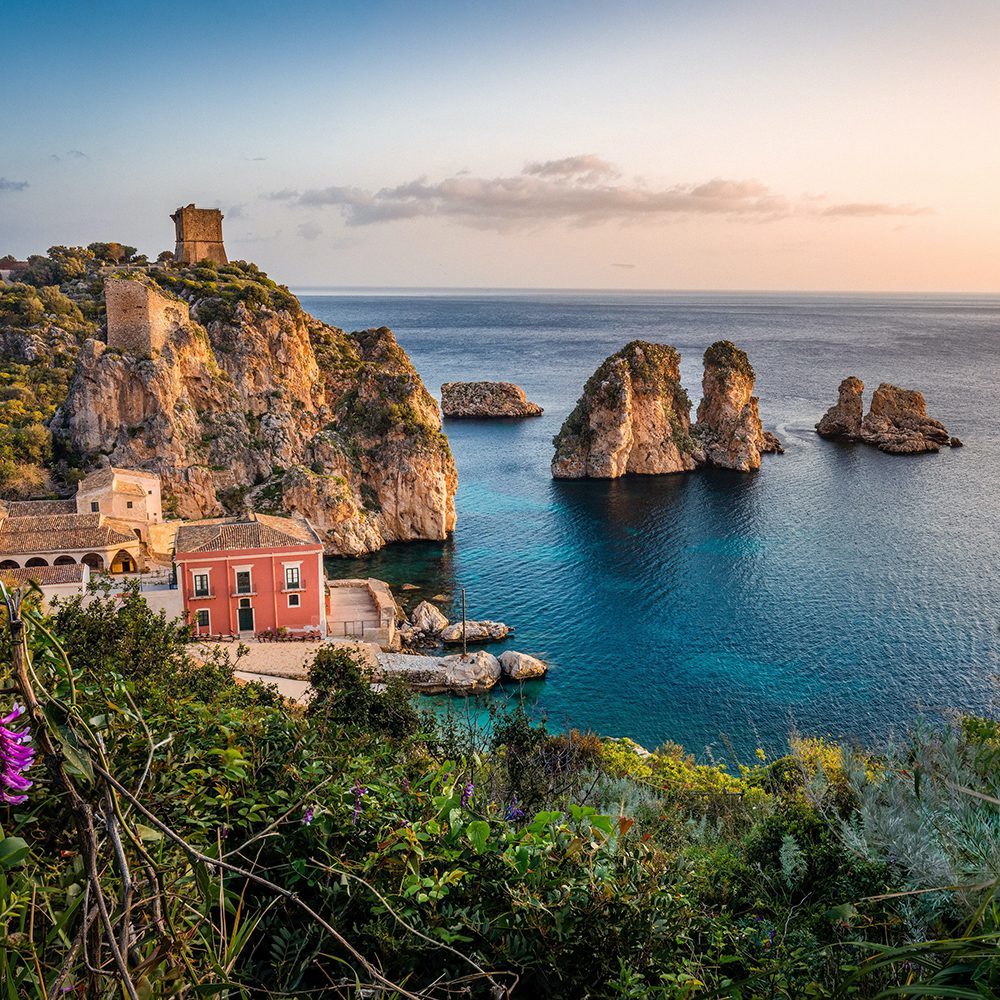
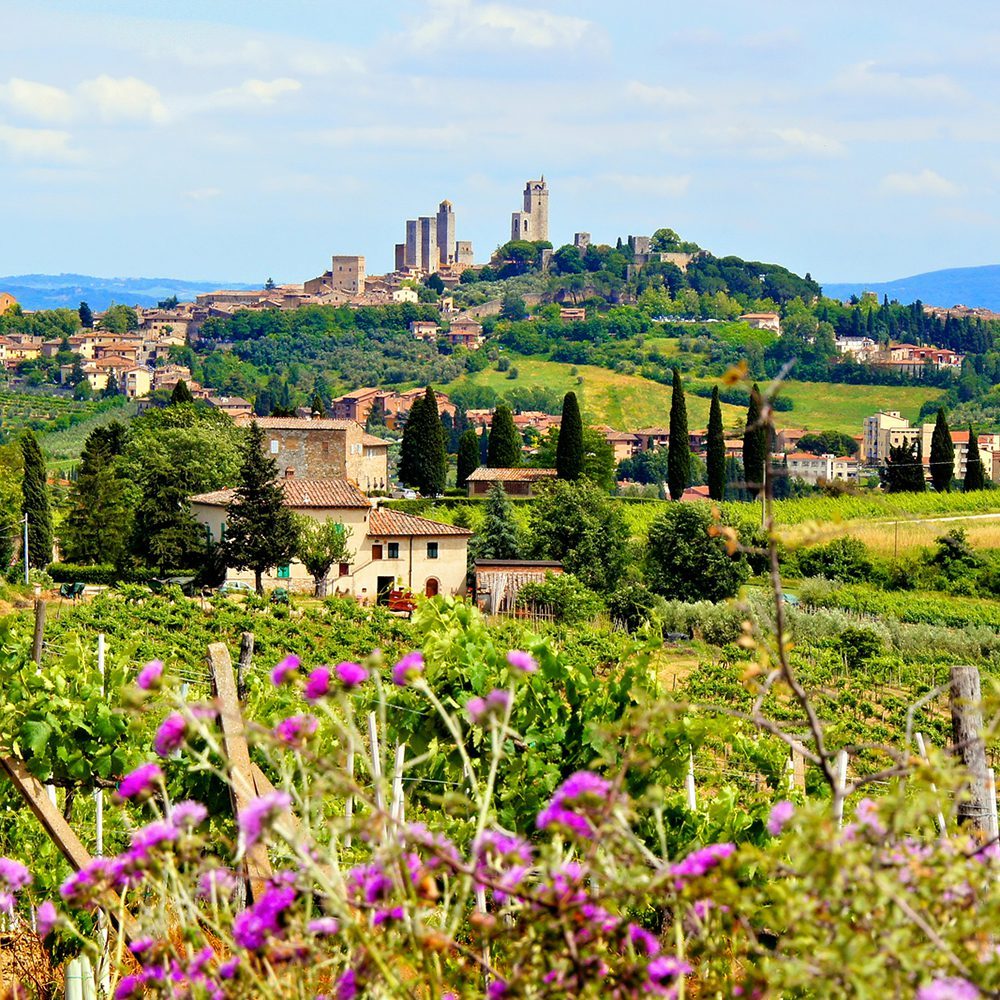
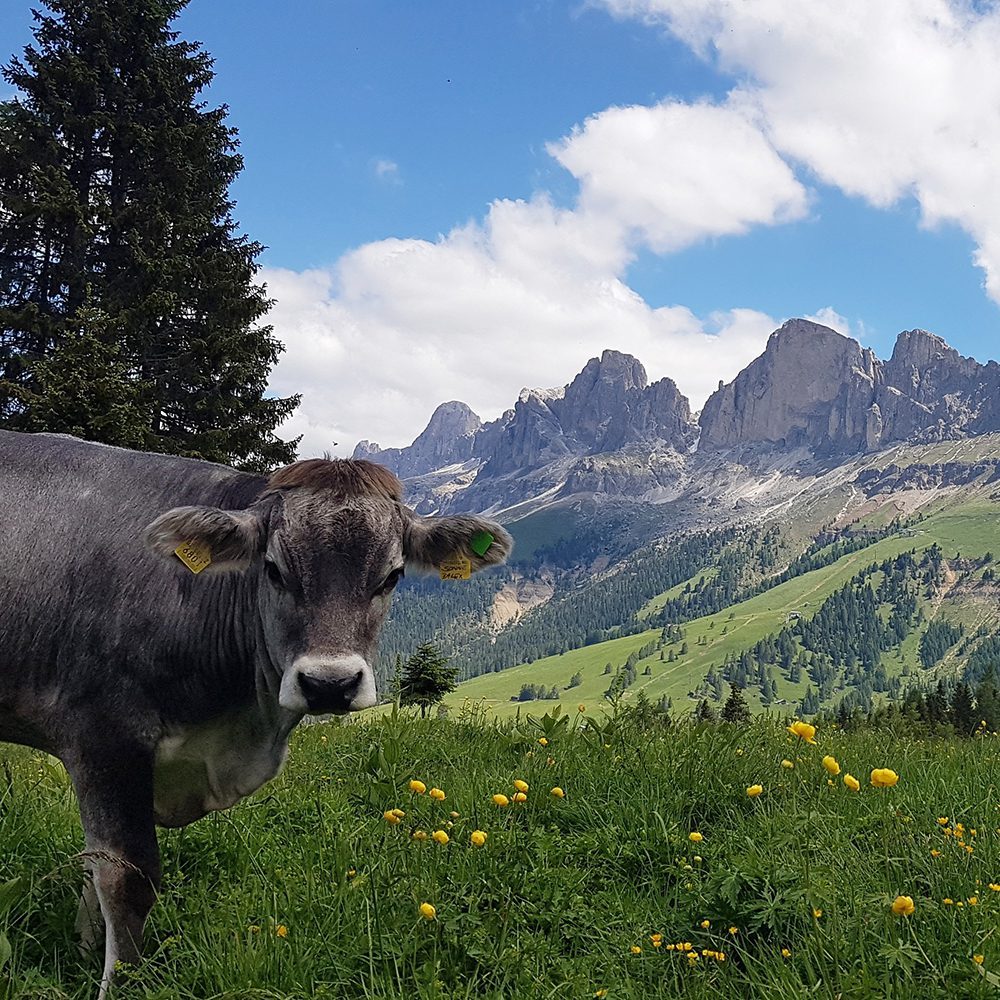
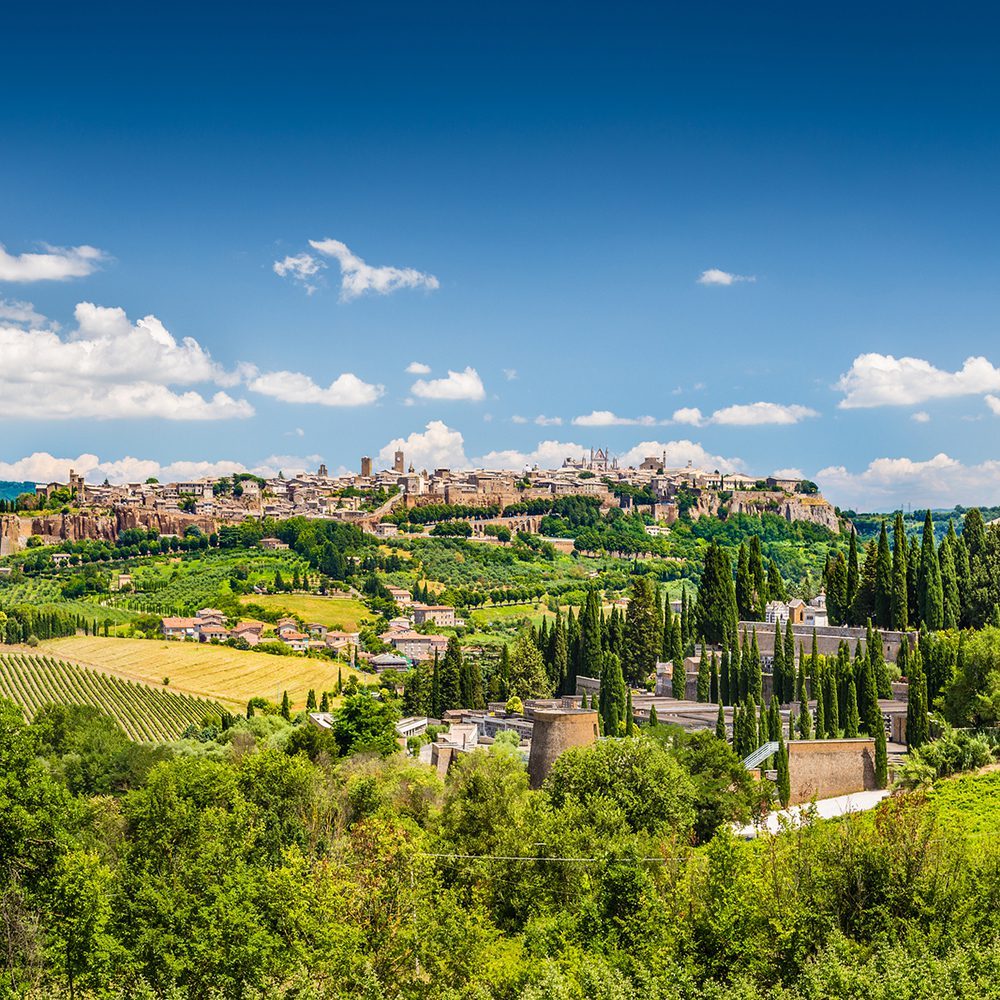
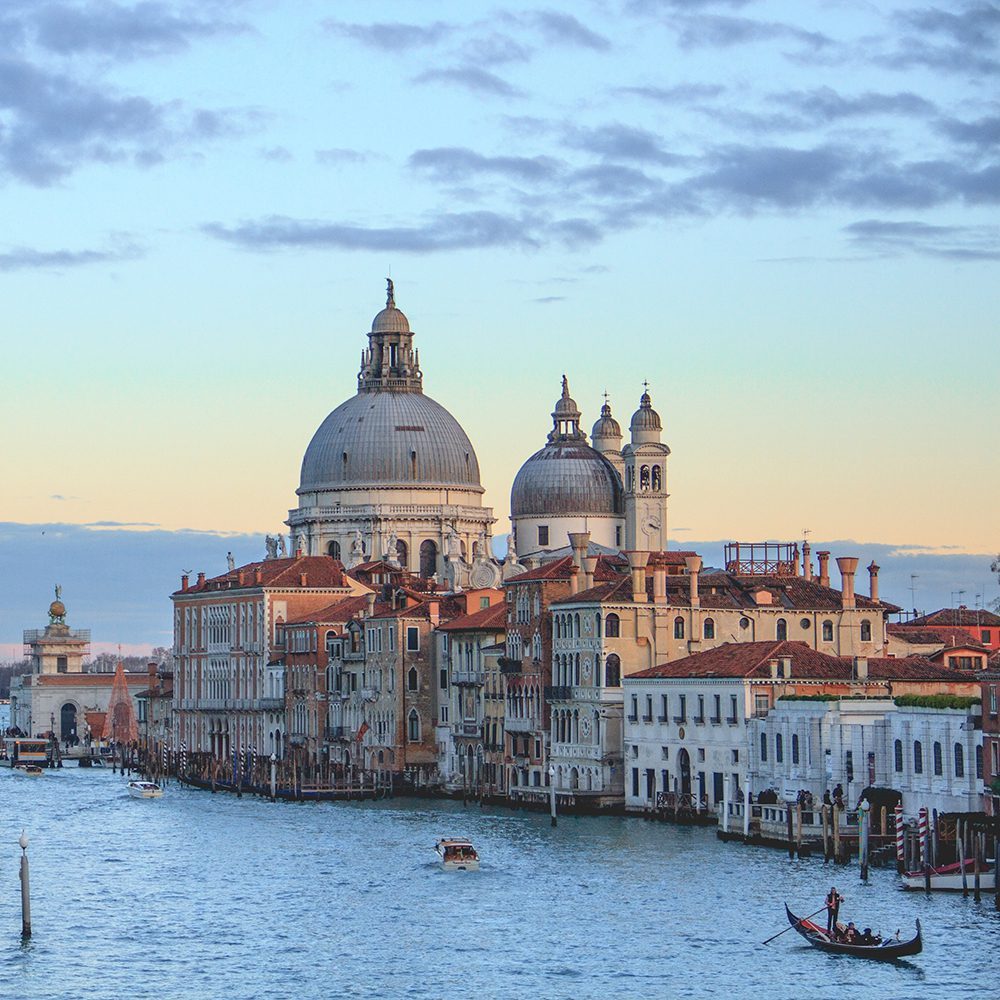
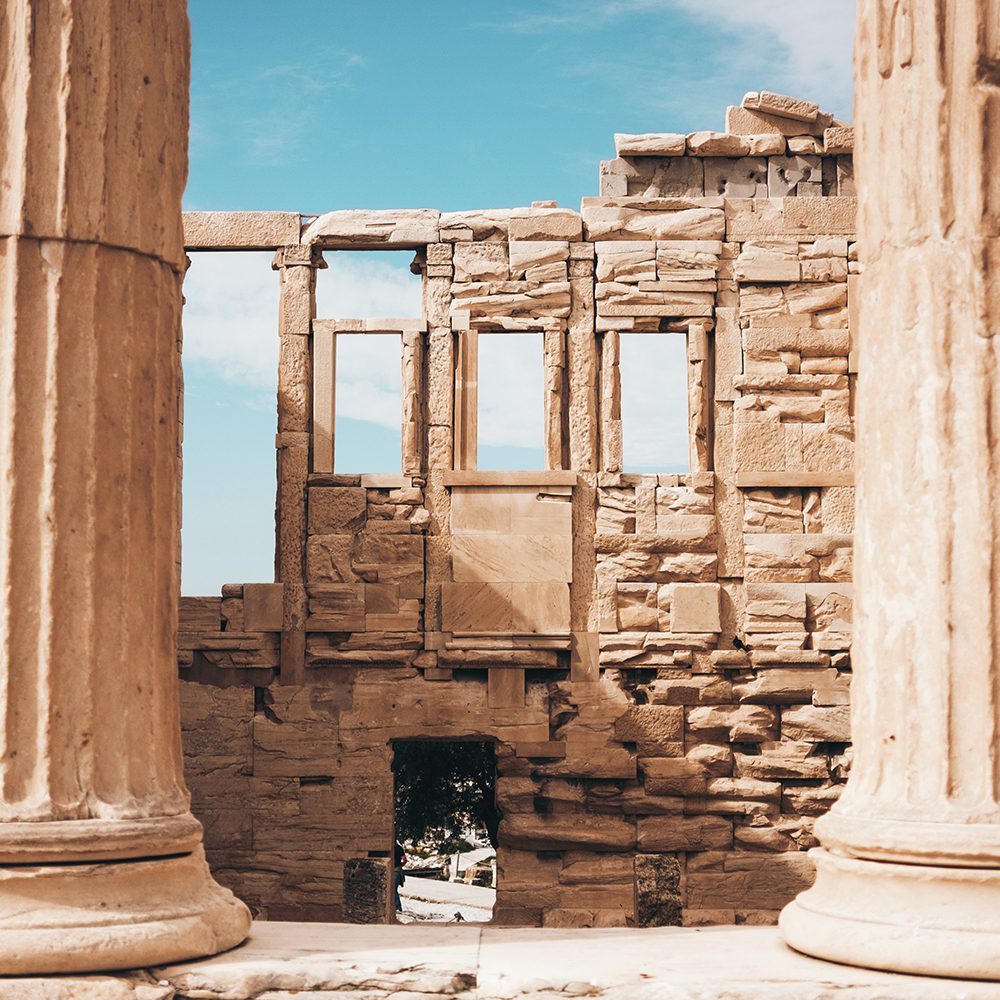
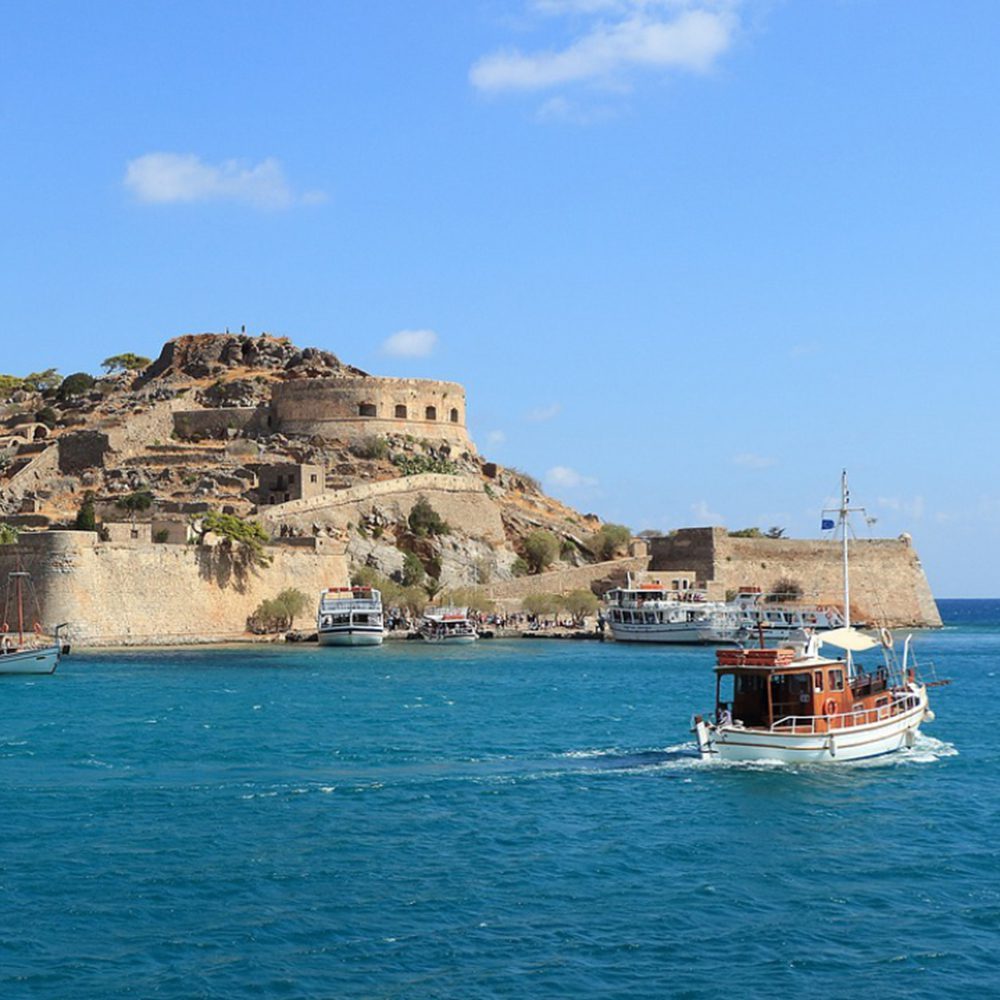
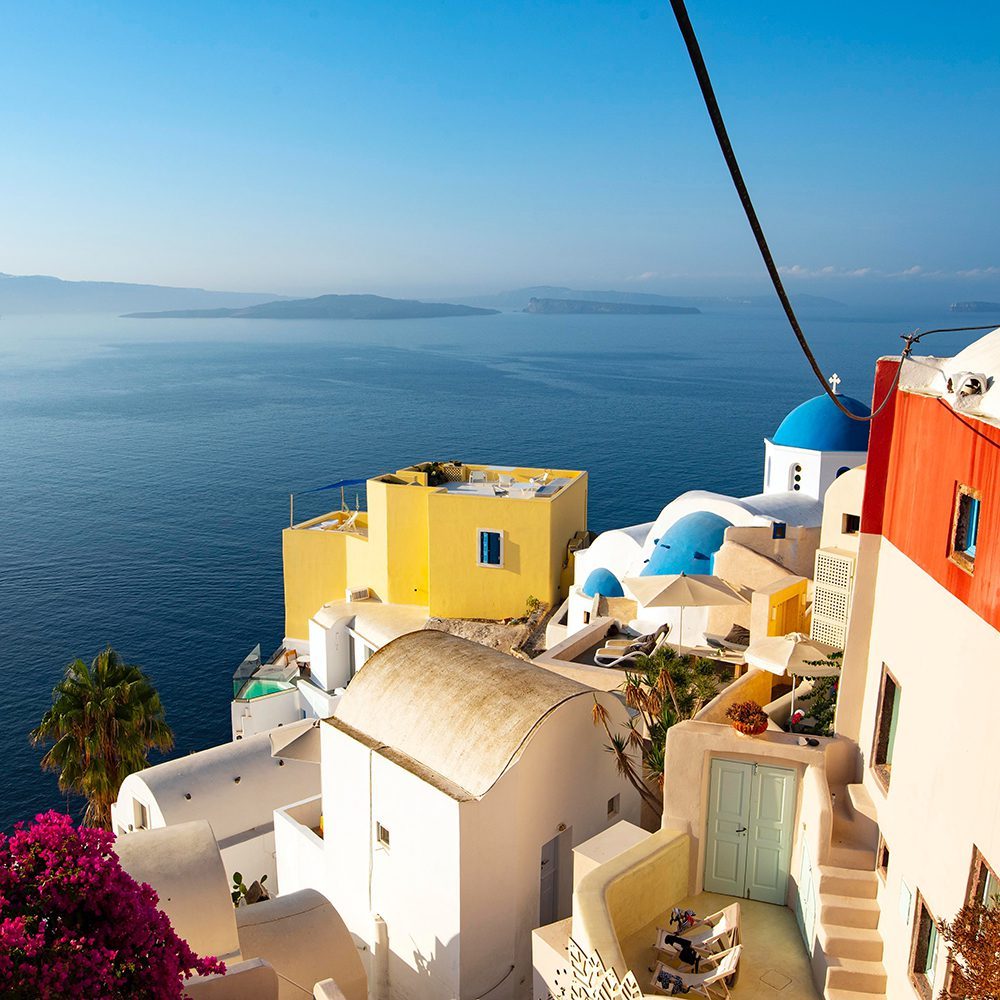
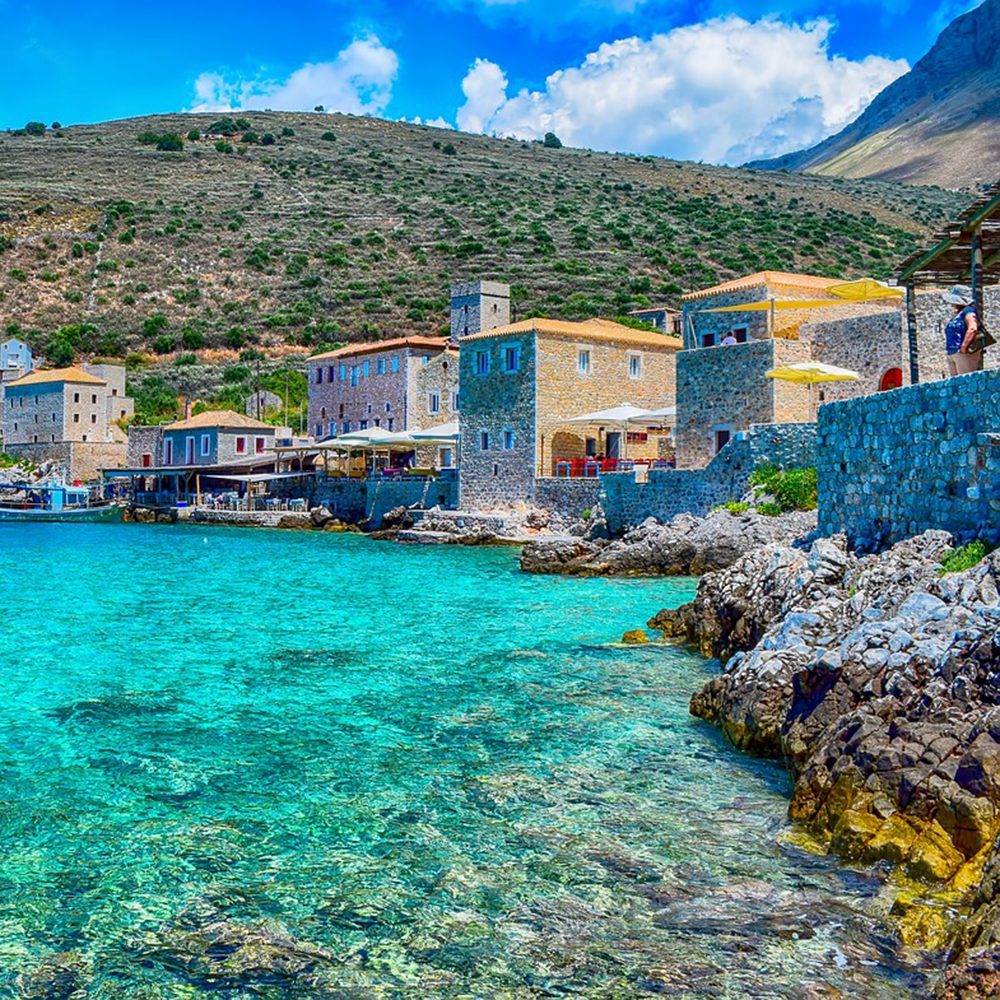
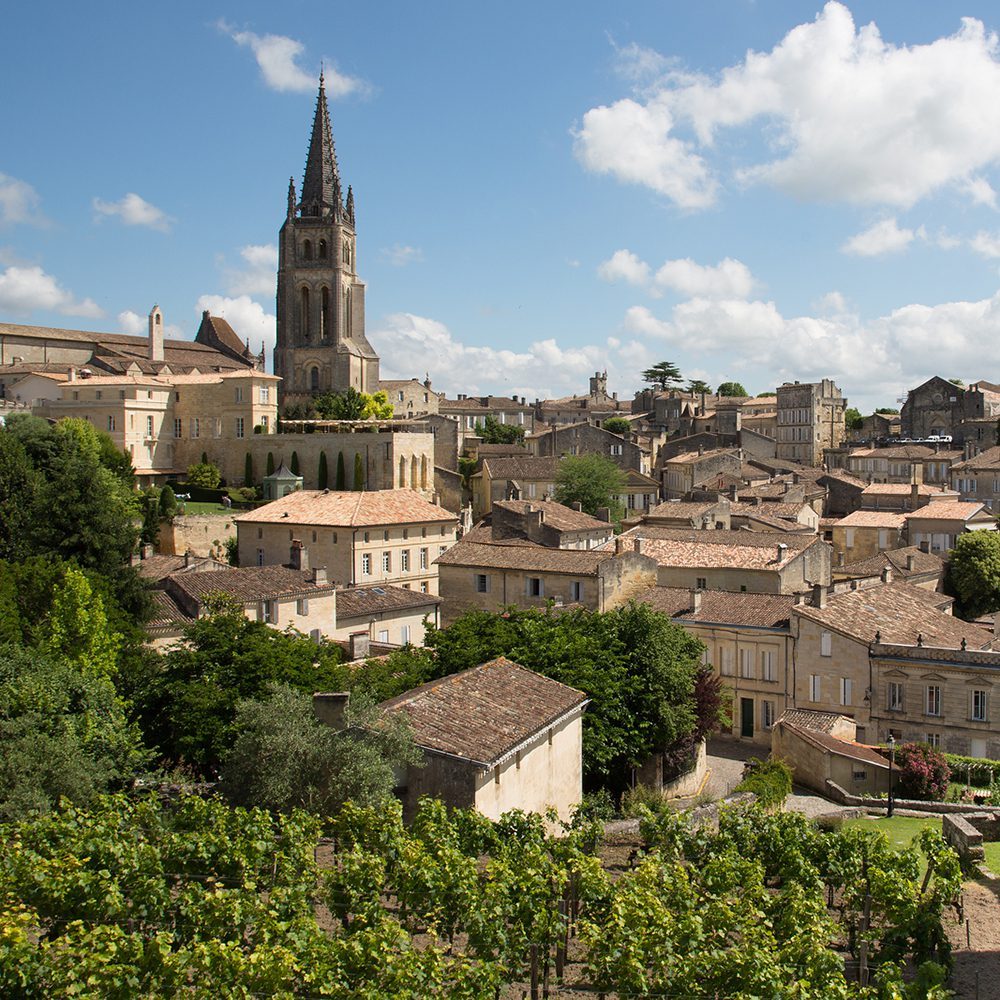
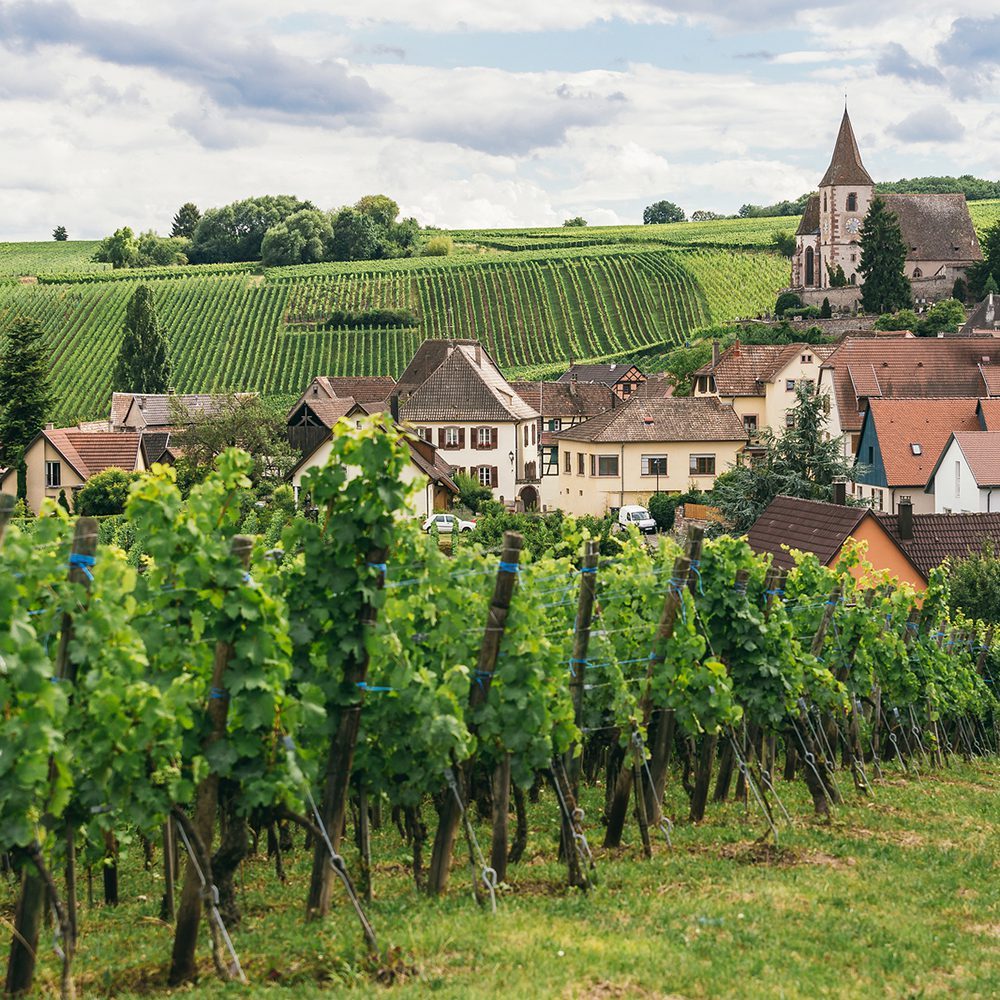
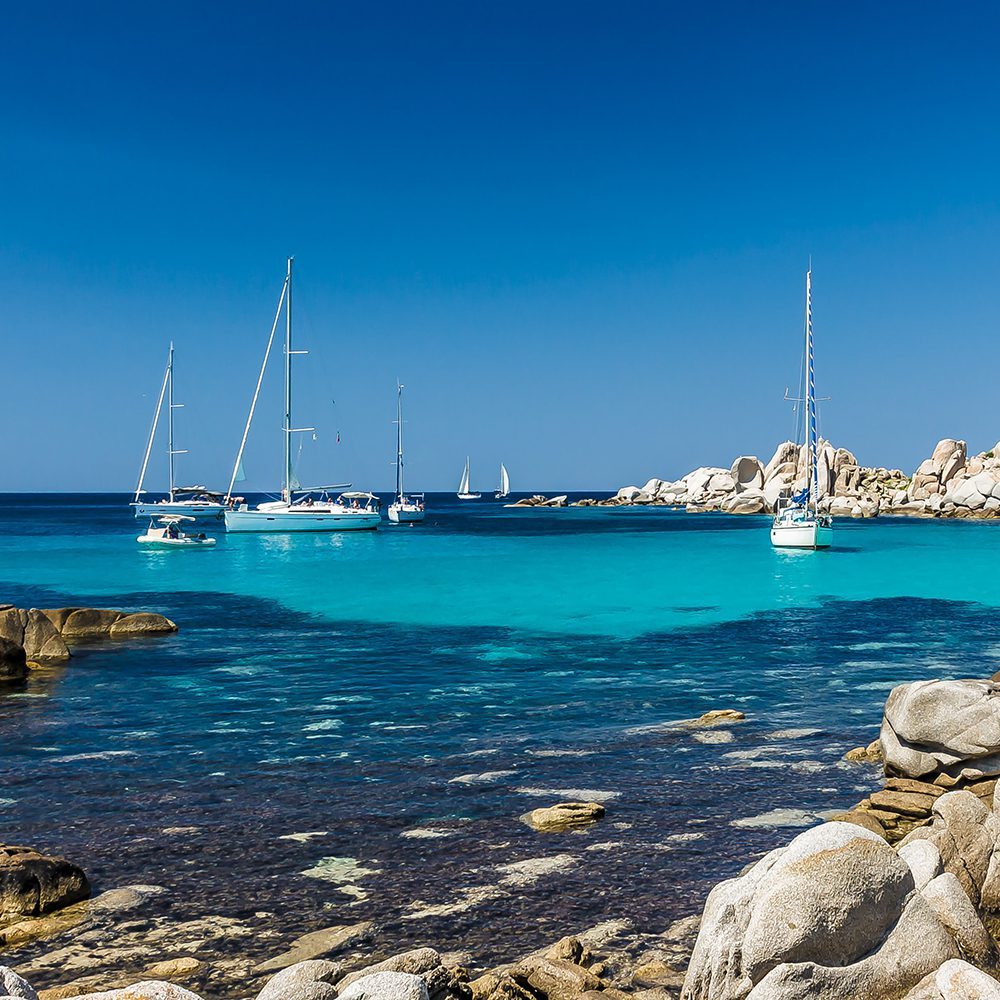
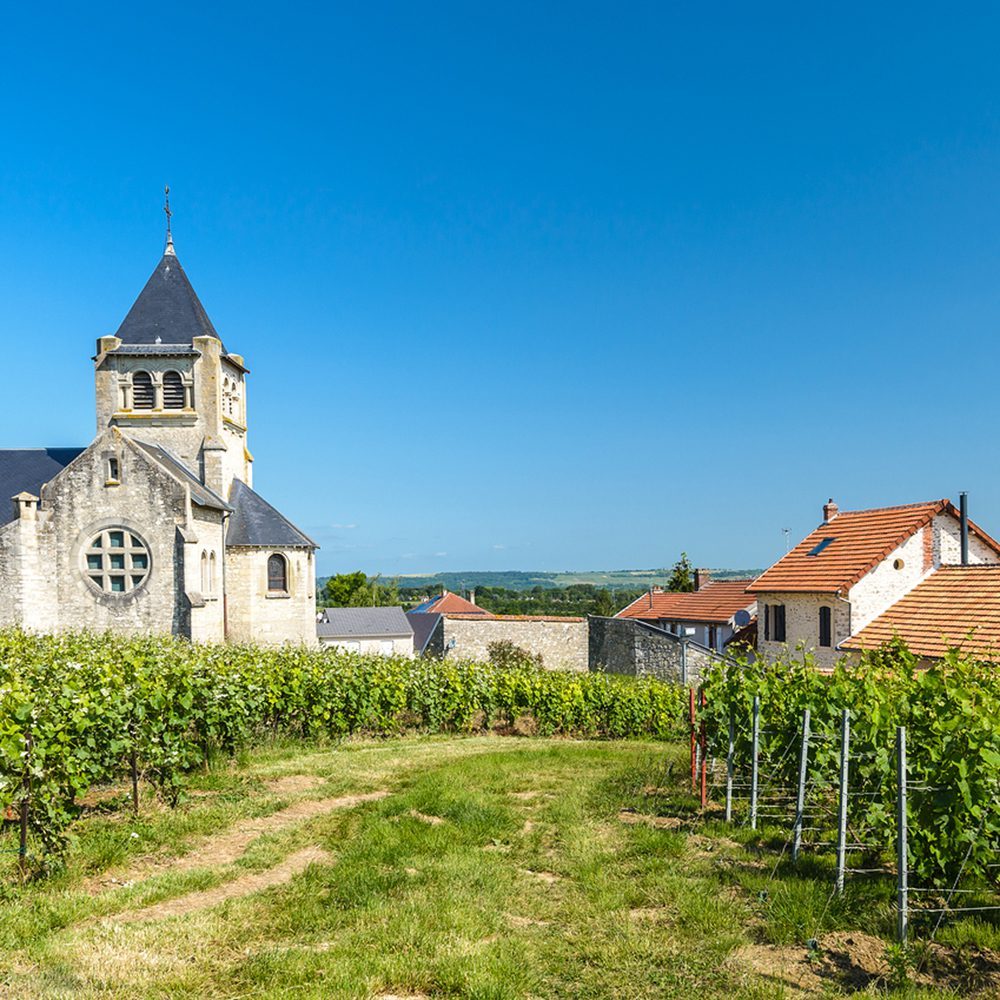
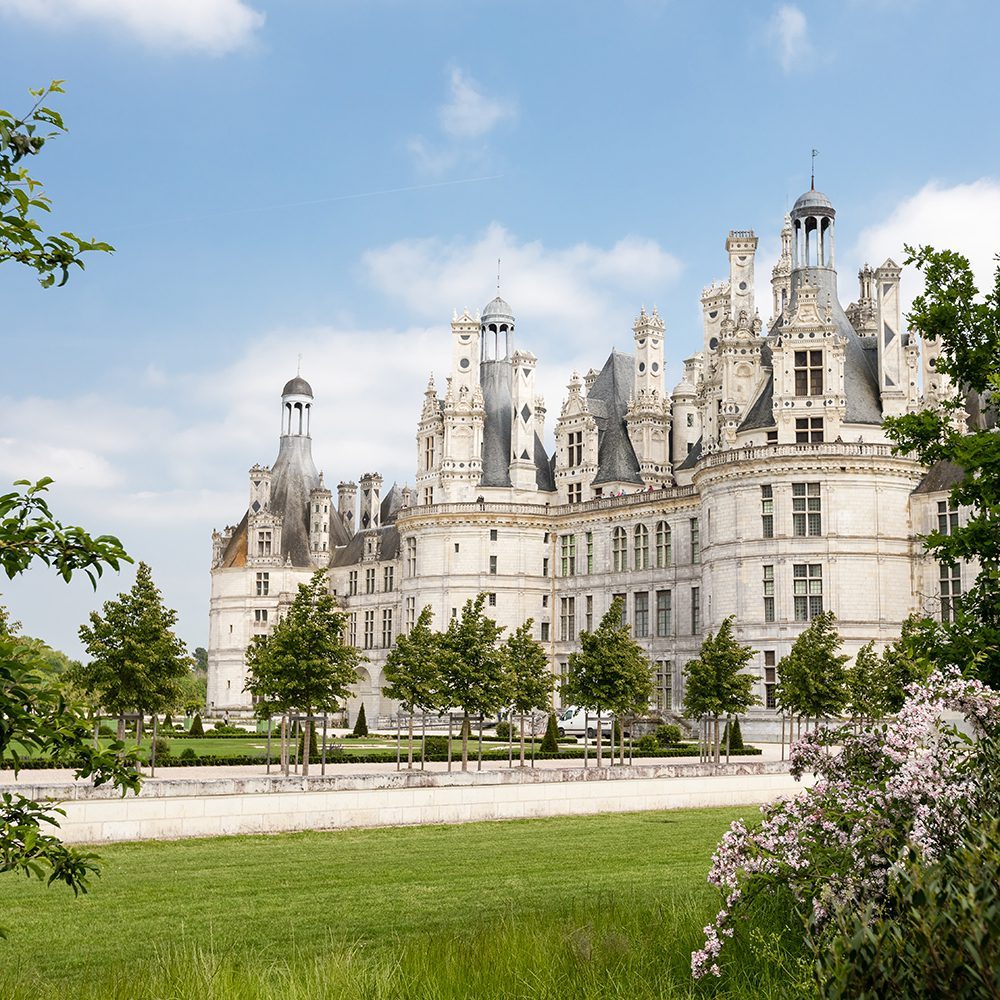
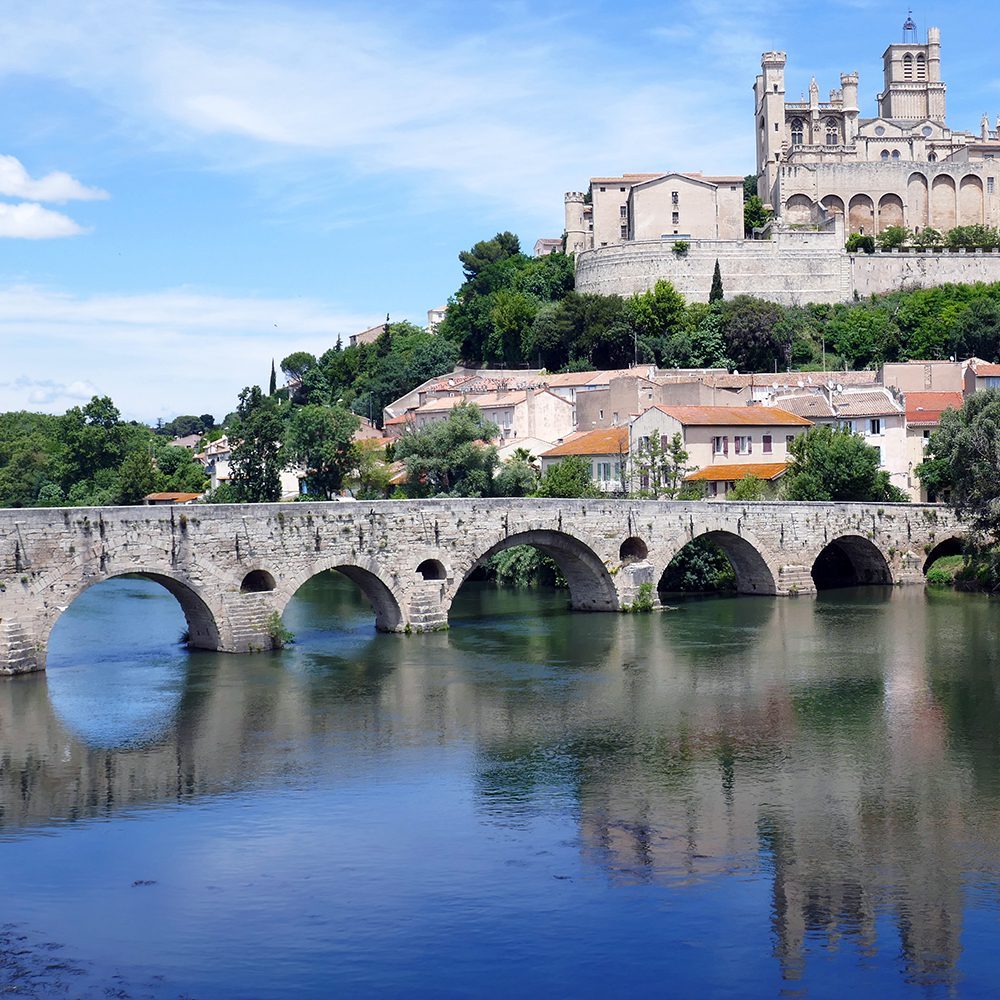
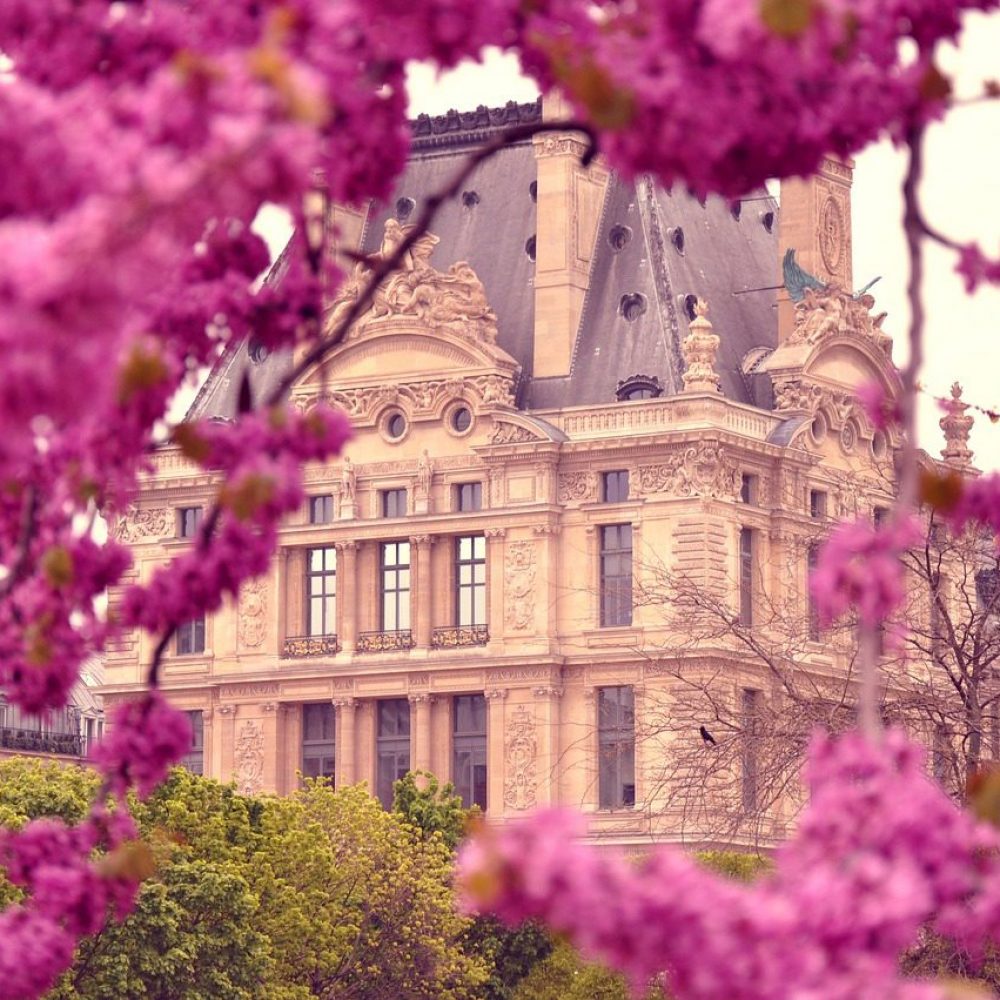
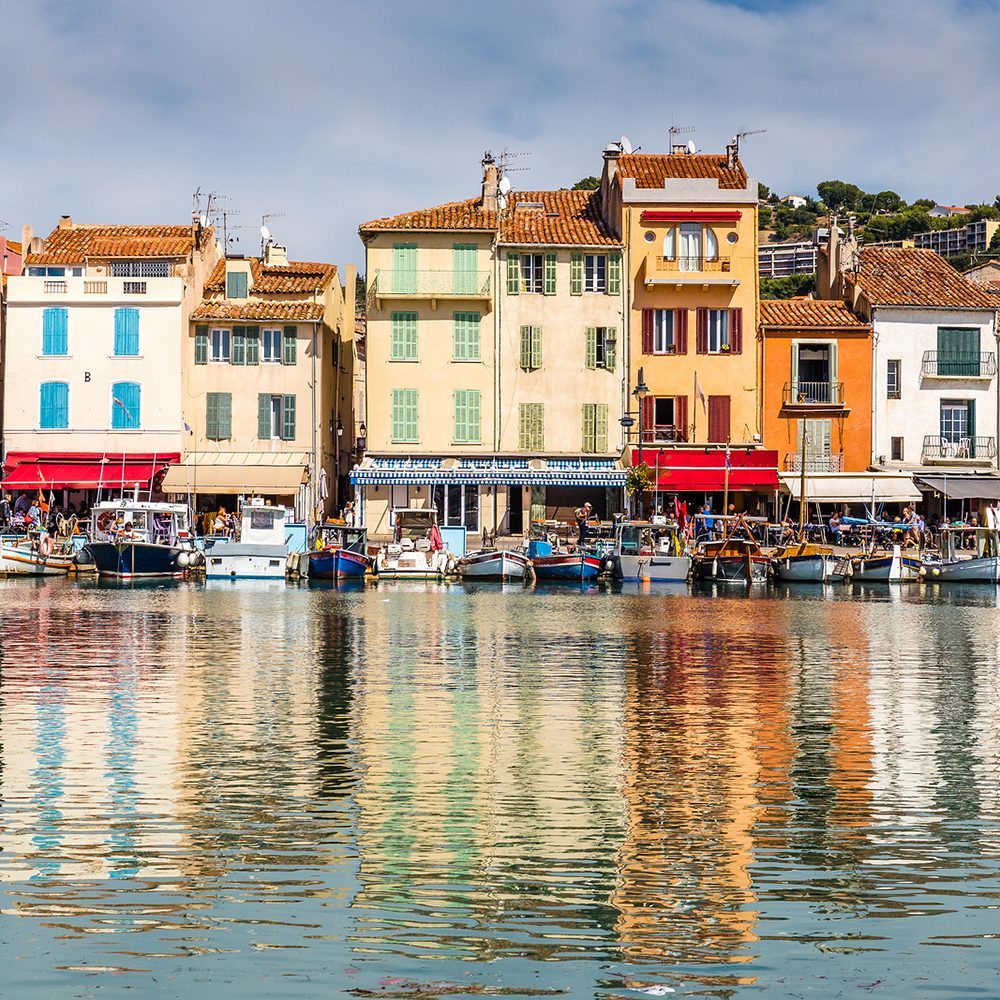
nel momento in cui il nuovo anno sta per venire, tutti si caricano di entusiasmo per averlo elogiato e pianificare una cosa distintiva per renderlo il miglior nuovo anno. Come l’articolo ci ha dato l’audit di aiuto sui nuovi anni di autentico divertimento.
continuare a dare dati redditizi come quello molte grazie a te